I have been thinking of refighting this battle ever since Wolfgang Meyer commenced his fabulous Danube river crossing diorama following Francesco’s Franznap challenge back in 2017.
Mr Crynns provided some fascinating research but Ligny was under way with Quatre Bras being prepared.
Antietam beckoned but now I am researching this fascinating encounter that for violence and numbers involved is the equal of Gettysburg, as an example.
The research is more challenging as the Library of Congress with its wonderful sources for Antietam is of no use for this event.
However, I firstly wanted to test the viability of constructing the armies involved and the biggest initial challenge is to ascertain what the Kaiserliche-Konigliche Heer and in particular the Austrian campaign Army of 1809 actually looked like.
The usual wargame pictures generally show the Austrians in their best whites following recent successes in the Daz white detergent challenge.

These beautiful fellows are an excellent example whilst these other guys look more the part, except that all but three German regiments numbers 54/30/15 ( to my understanding) did not wear the shako at this battle.

This representation is nonsense, white is a totally impractical colour, as anyone who has worn a white shirt to an event will testify. It literally attracts food and drink stains, never mind the prospect of sleeping on the ground in it.
Mr Rawkins in his excellent book The Austrian Hungarian Army 1792-1814s states that the official colour was pearl white.
However, a visit to the Austrian Army Museum web site (Heeresgeschichtliches Museum) has some fantastic examples of the actual uniforms and whilst allowing for artificial light, the colour to my mind has a beige tinge. Unbleached wool is a similar colour which got me thinking.
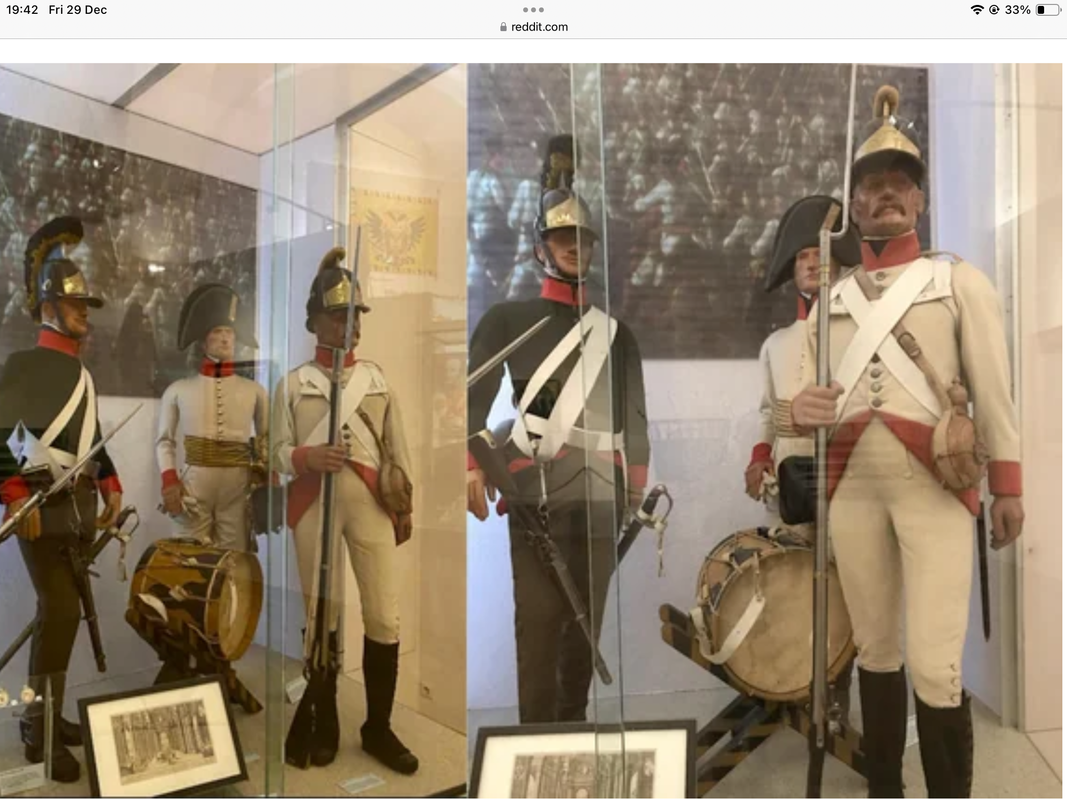
Further investigation on the net and a wonderful suggestion by a knowledgeable ‘Von Winterfeld’ on the TMP site, of ivory, gave me the answer I was seeking.
The net painting suggestion I discovered was to use brilliant white and then an umber ink wash which highlights the details whilst toning down the white. My idea was to mix a little yellow into the white to create ivory and then use the umber wash. This gives the army museum colour and allows the webbing to stand out when painted white.
Furthermore this re enactment group adds to my conviction regarding Austrian ‘white’.

Many modellers highlight the straps in black which whilst visually effective is time consuming and, wrong. The soldiers apparently used chalk to clean their kit. The mess when it rained must have been appalling.
My experiments have led me to conclude that the ivory white, when inked will be for the rank and file whilst the purer white, when inked will be good for officers .
This represents the potentially better quality cloth that the officers would be able to afford.
I have commenced constructing my first Austrian Infantry regiment at a ratio of 1 figure equals twenty five. The original regiment consisted of three battalions and I initially thought that re creating that structure would involve three times more officers etc and make for an awkward war gaming unit. Furthermore, this was a large unit the smaller ones would look very messy if broken down in a similar way.
However, tactically it makes sense and battalions of approximately forty troops plus commands fits in quite well with the orders of battle.
The HAT marching figures are very useful but the bayonets are awful and need re trimming. The ammunition pouch is a monster although Hat have recently provided some evidence for their decision. (The flap makes the box look bigger than it is in reality). There is a lump on the left hand side of some by the water bottle that under normal circumstances might require medical treatment. The ‘action’ ( inaction by my reckoning ) range has a re loading figure that literally has to be carved up to represent a decent figure with the attention chap not following the box description. Not good, but the helmets are nice and the variety offered by the marching fellows is most useful.
My stock has also suffered from extensive moulding flash which has to be carved off along with the usual problems caused by their choice of plastic. However an overnight dip in vinegar as a cleaning agent followed by a detergent wash seems to help paint adhesion a little.
This first unit was meant to be Infantry Regiment IR 36 Kolowrat with a facing colour of red. Again an interesting subject as the Perry painting guide states mauve!
However, Mr Rawkins referenced his colours through the Army museum so I proceeded with red. However, a question posed by me on TMP opened a flood of contradictory, but fascinating evidence and historical material. Excellent stuff especially when you consider the damage to archives etc during the war.

The Austrians had all sorts of facing colour names, crab red, lobster red etc but at our scale I am happy with an approximation of the colour. It is the ‘look’ of the thing that I am trying to re create after all.

Nevertheless, IR 36 Kolowrat will be mauve and this bunch of fine fellows is now IR 35 Argenteau with the splendid Oberst von Giessenburg in command.

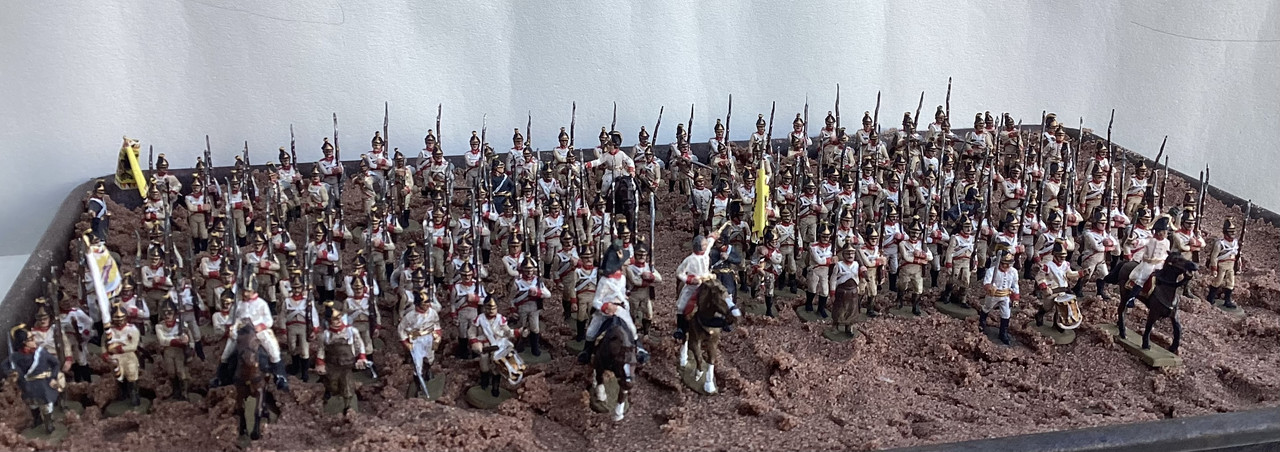

Lots to learn and lots to do.
Happy Modelling.
Chris








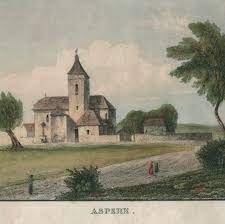

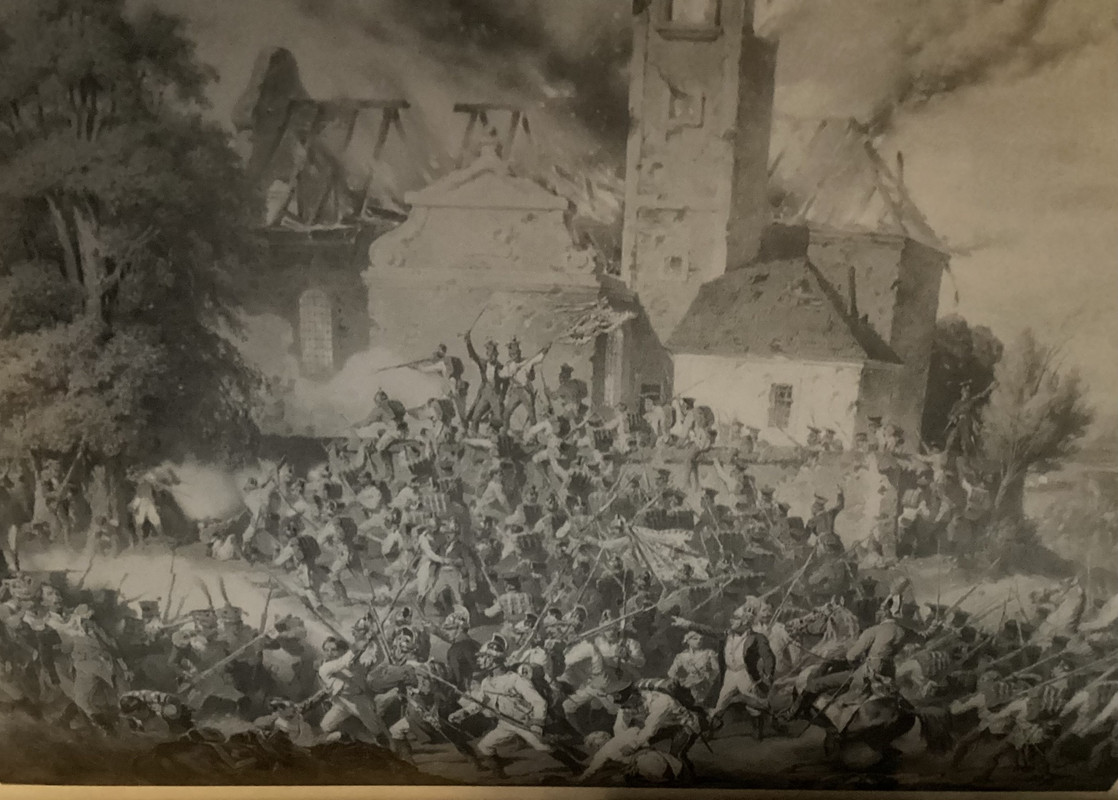
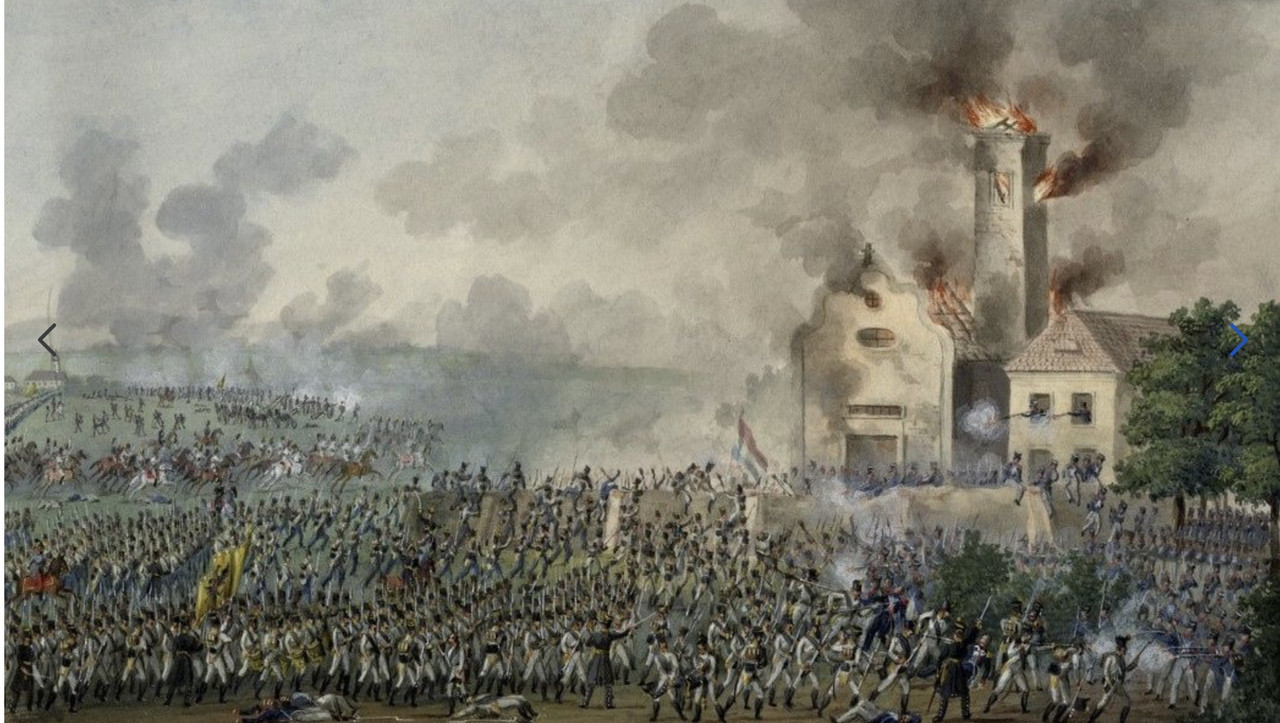
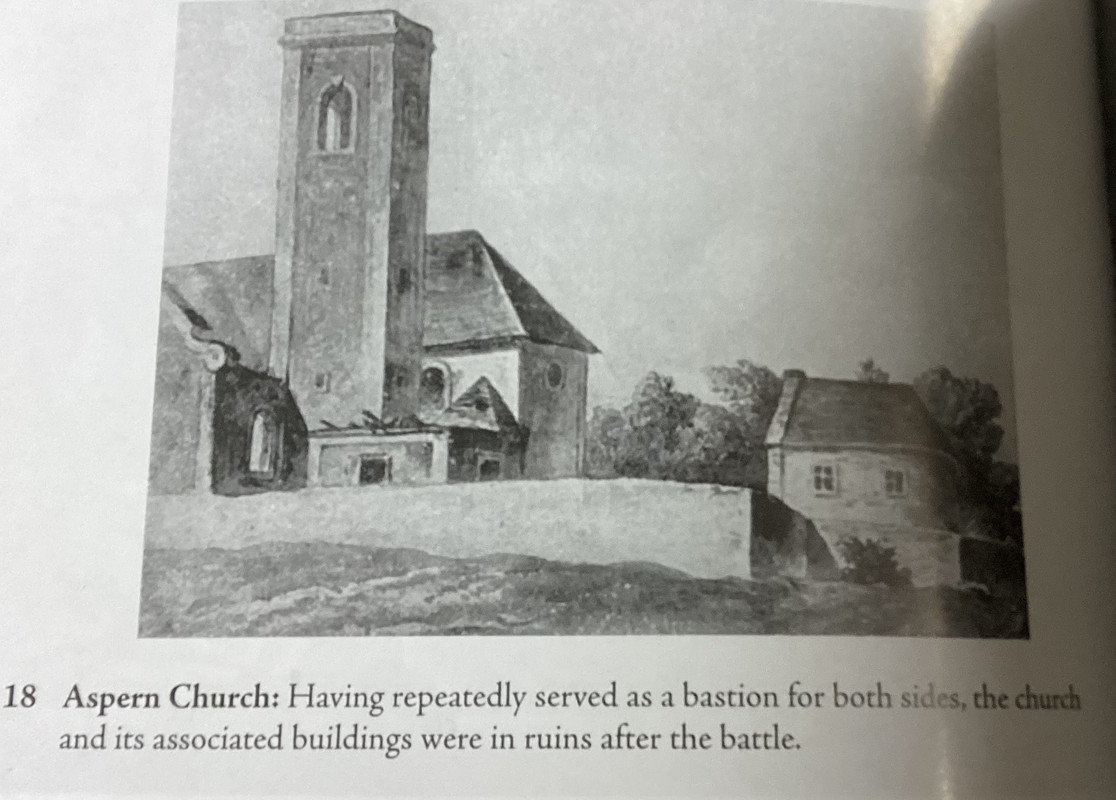
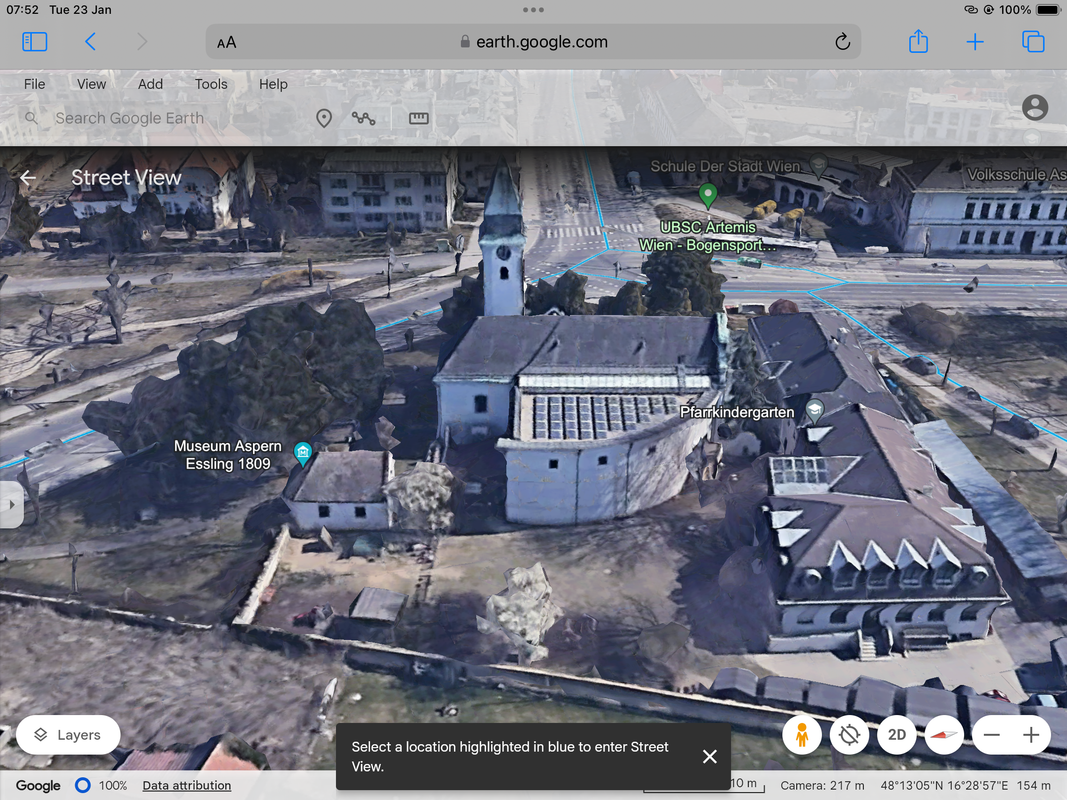

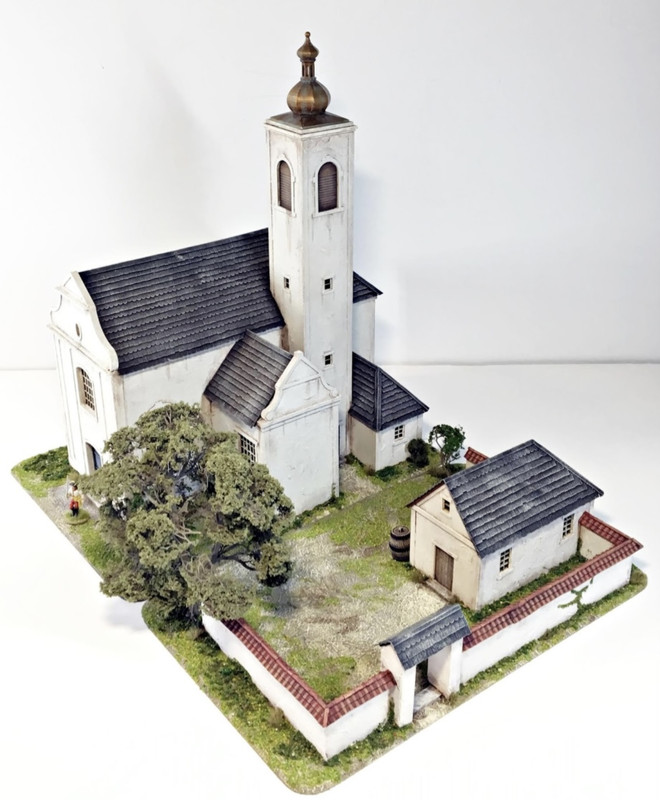

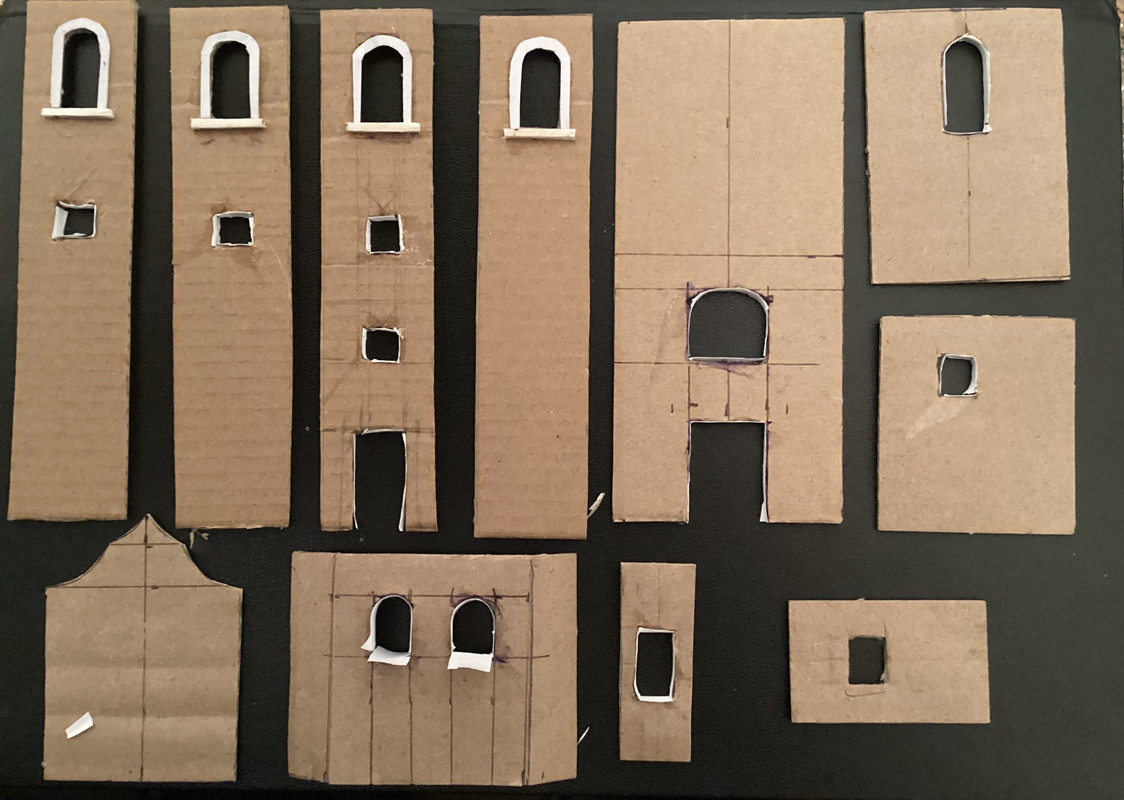
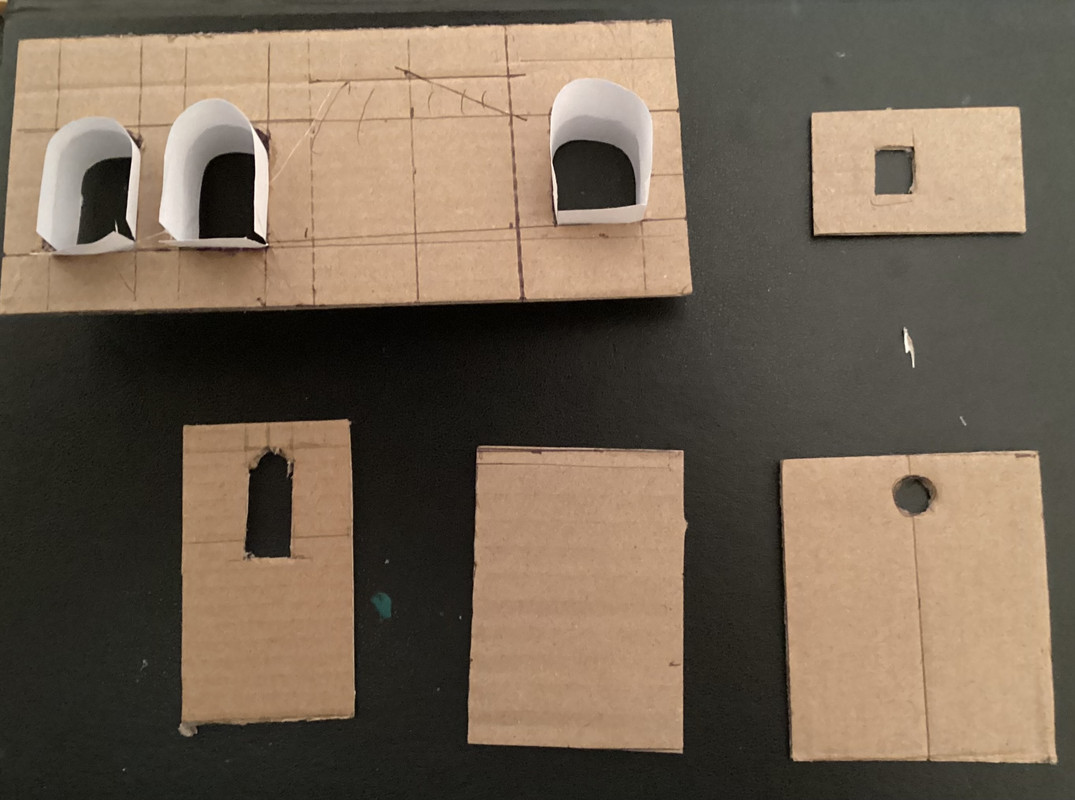

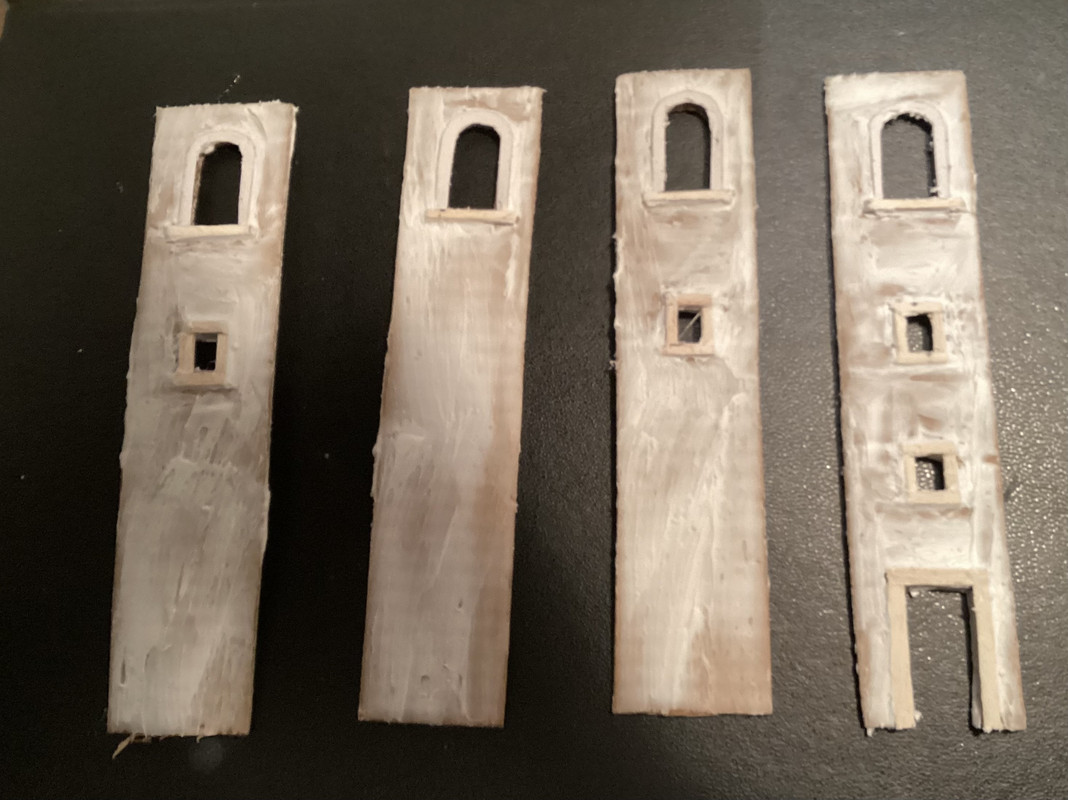
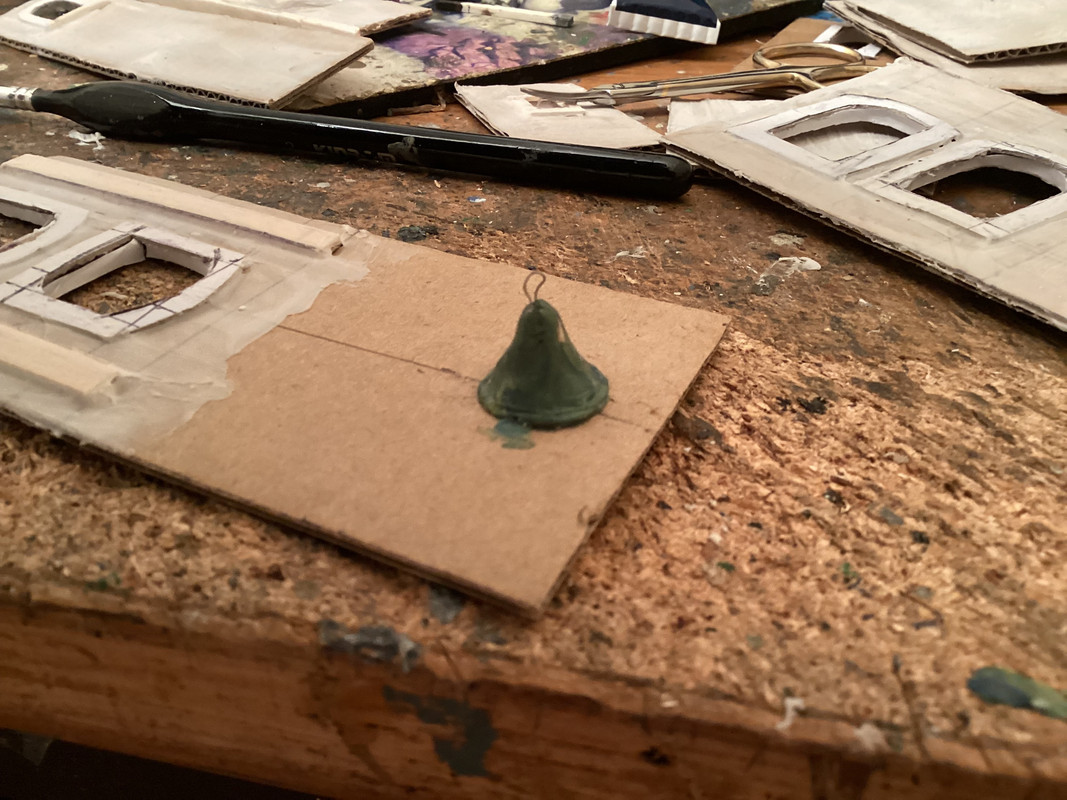
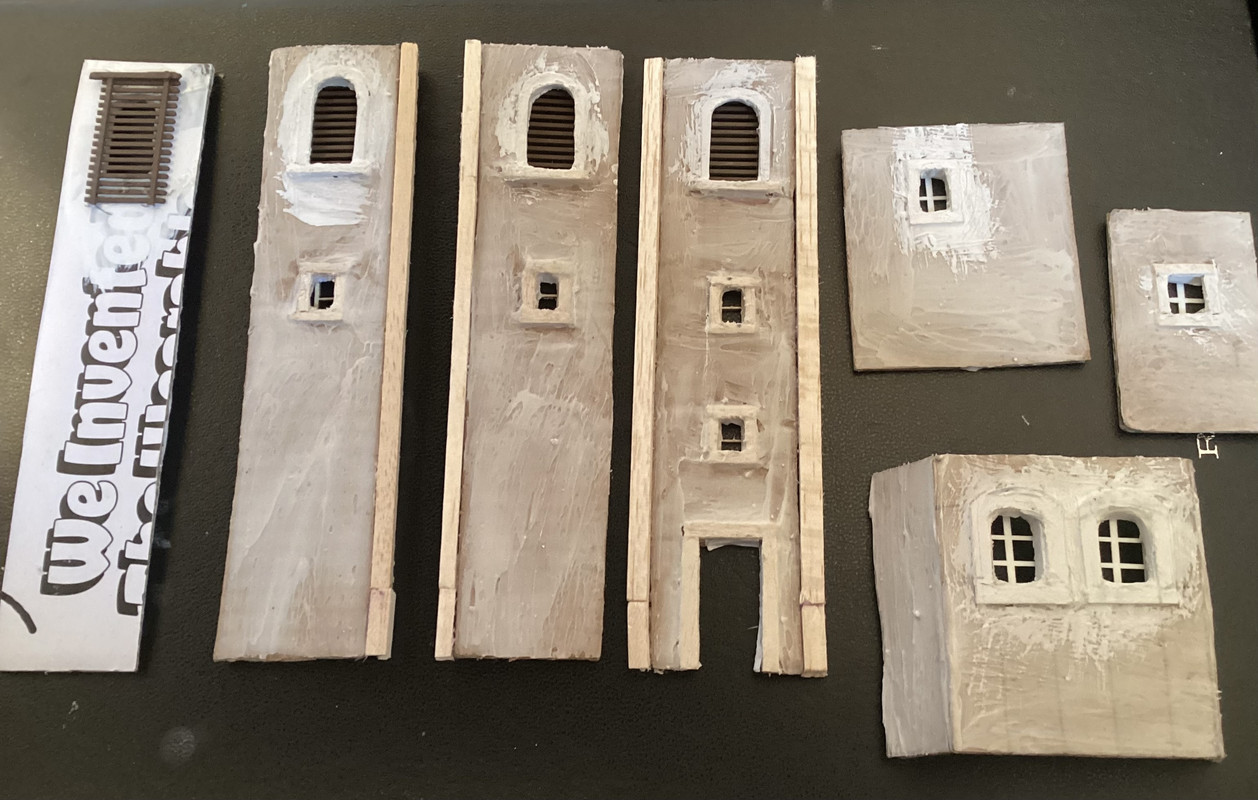
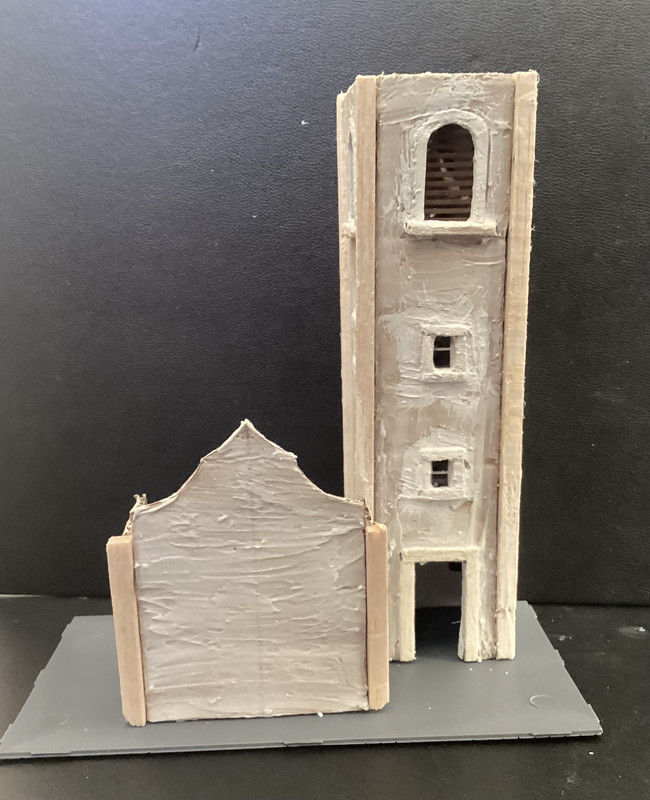
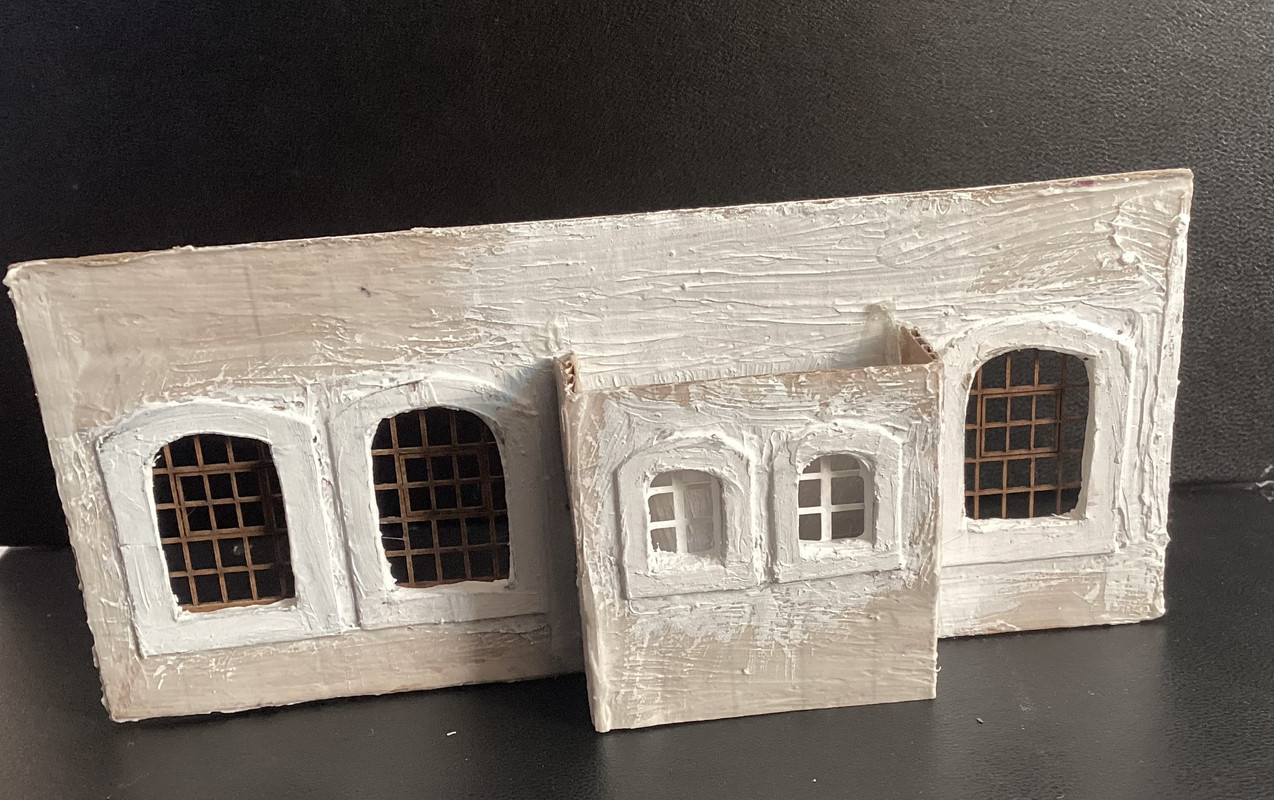
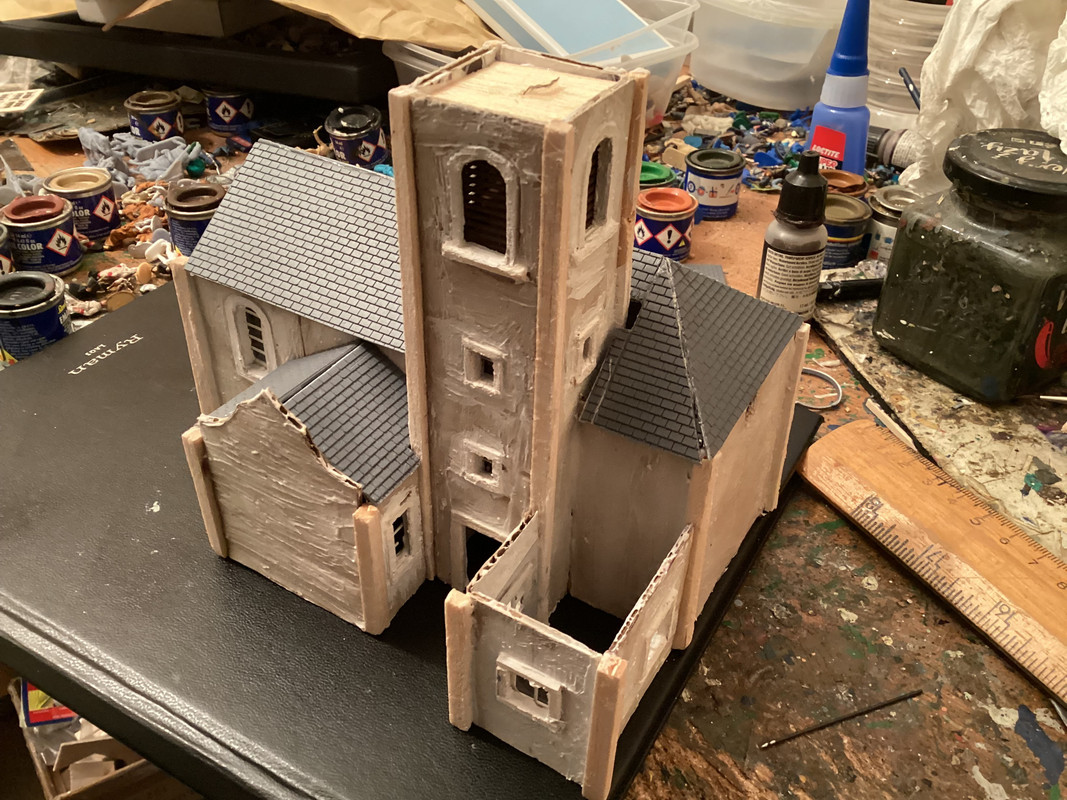

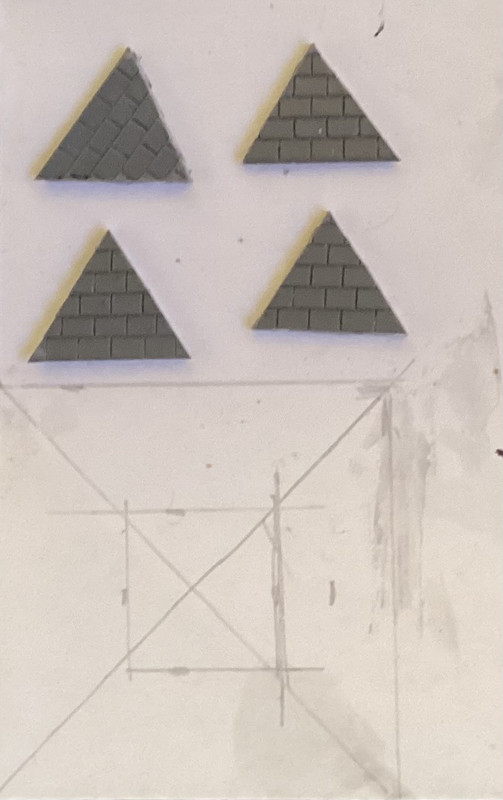

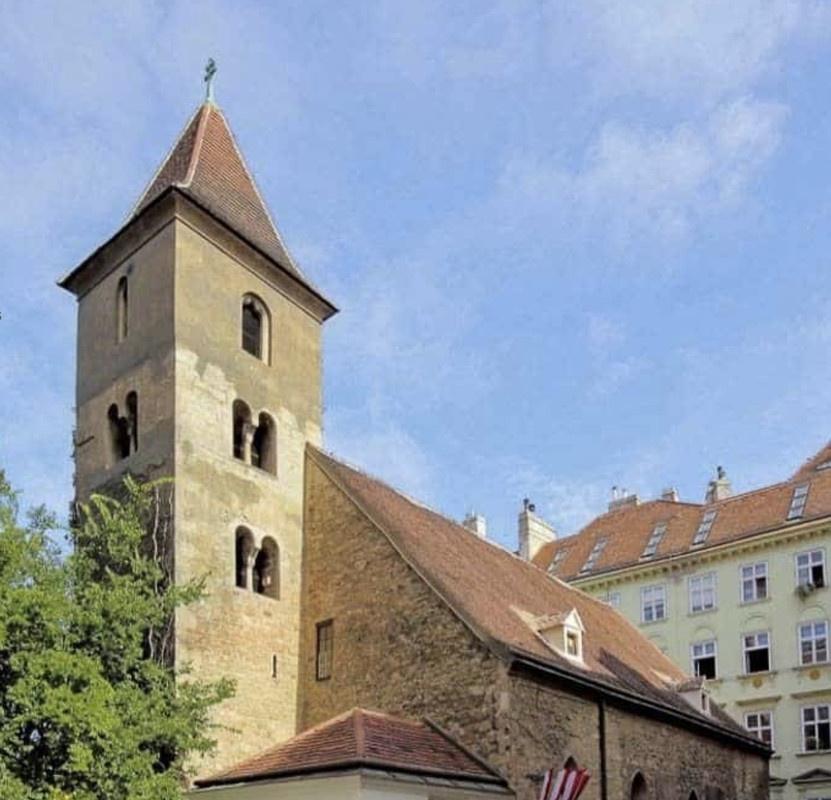
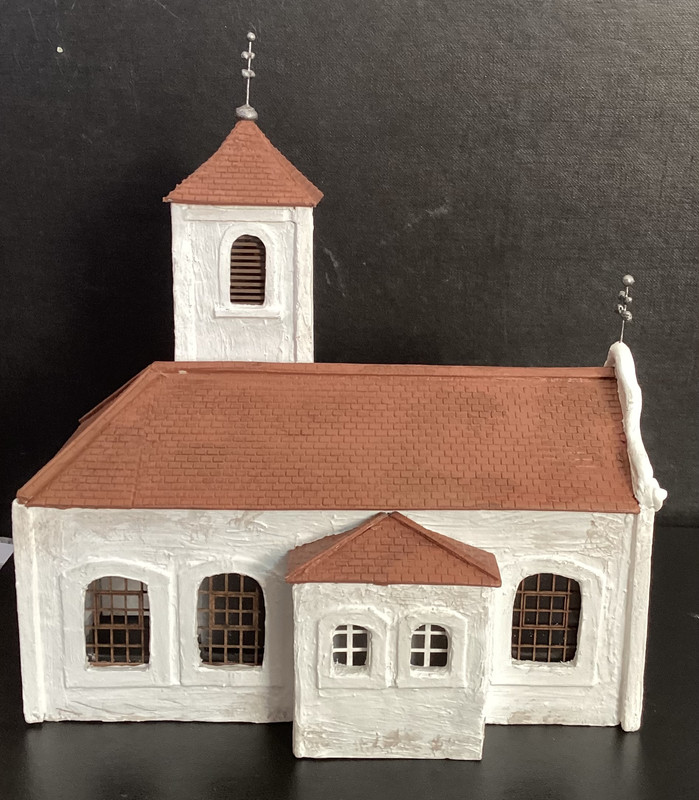

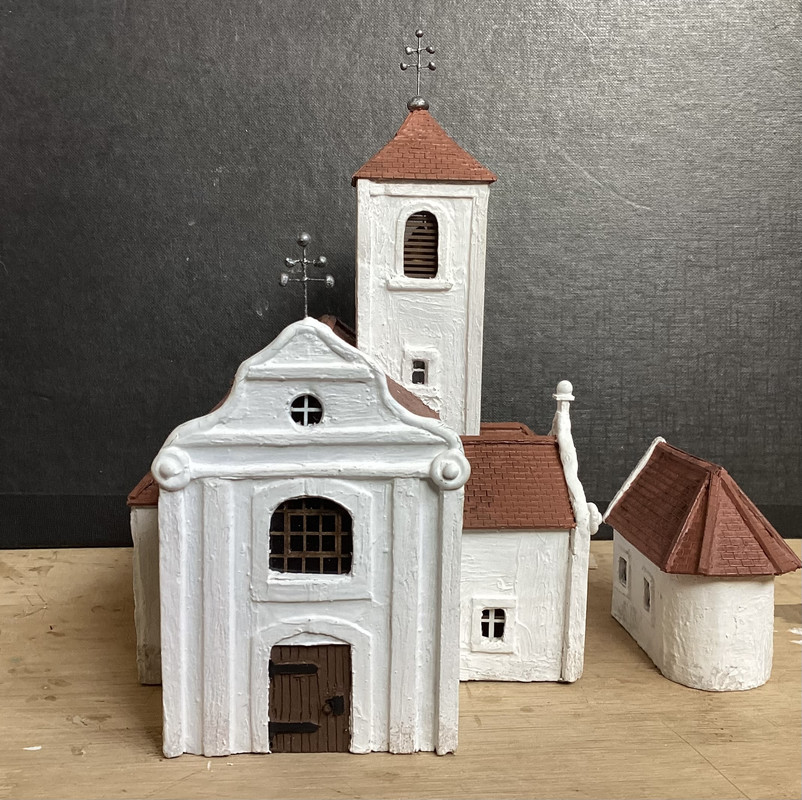
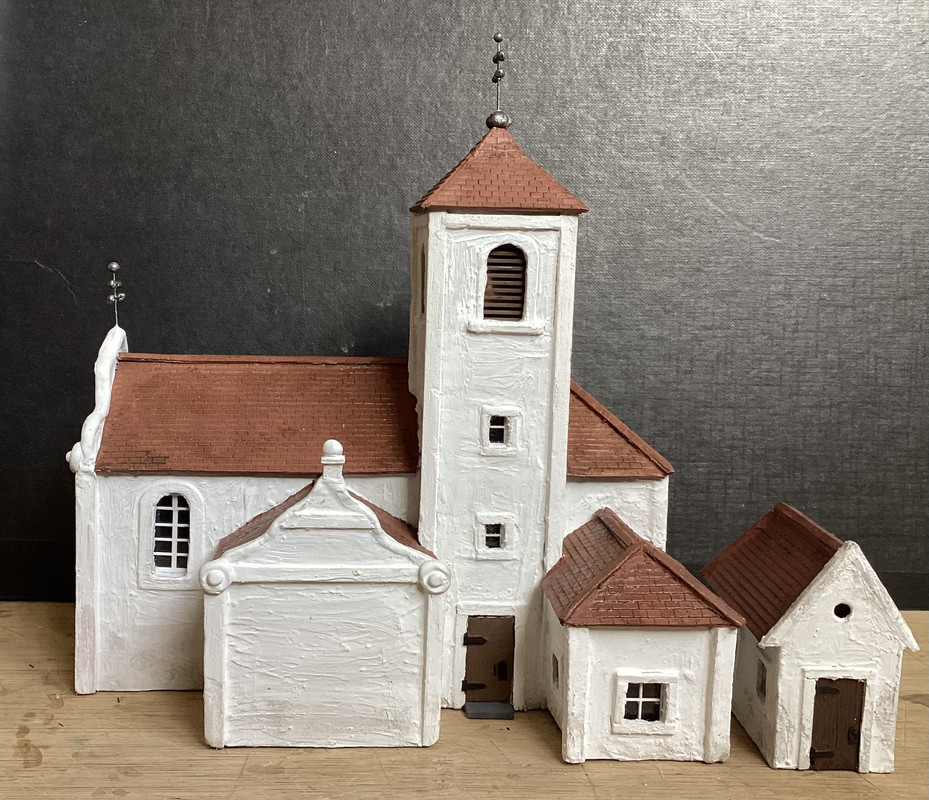


 Supporting Member (Bronze)
Supporting Member (Bronze)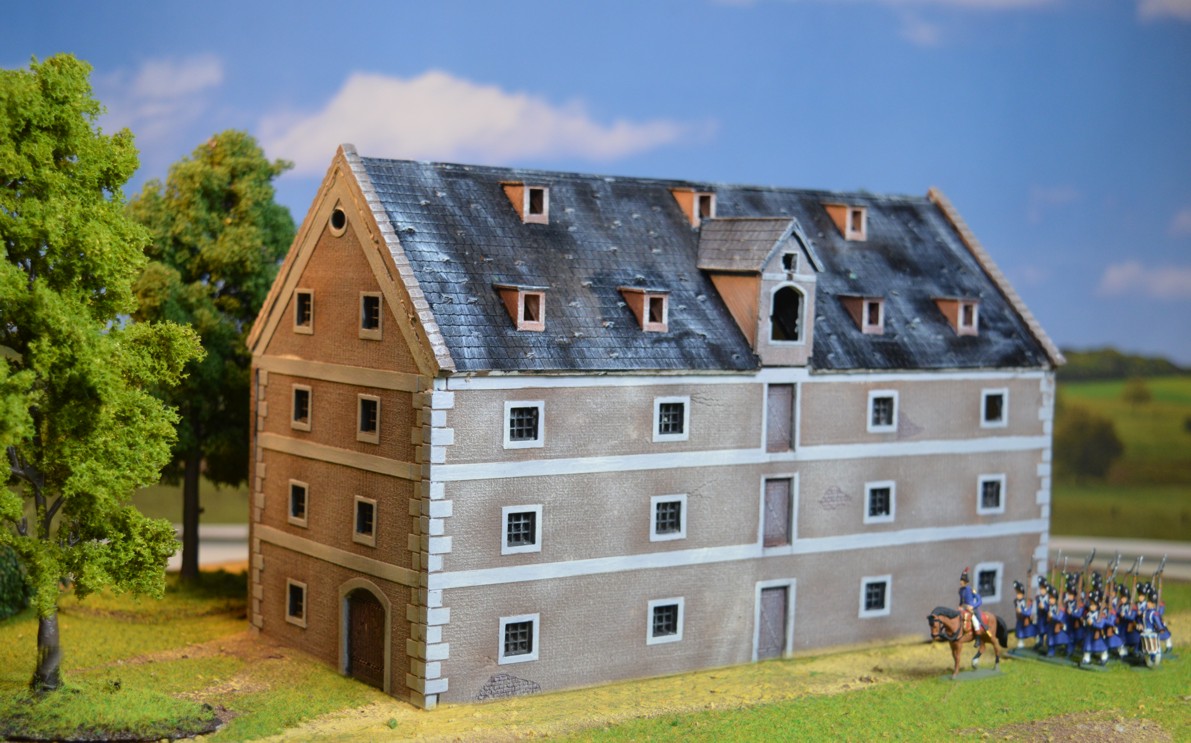
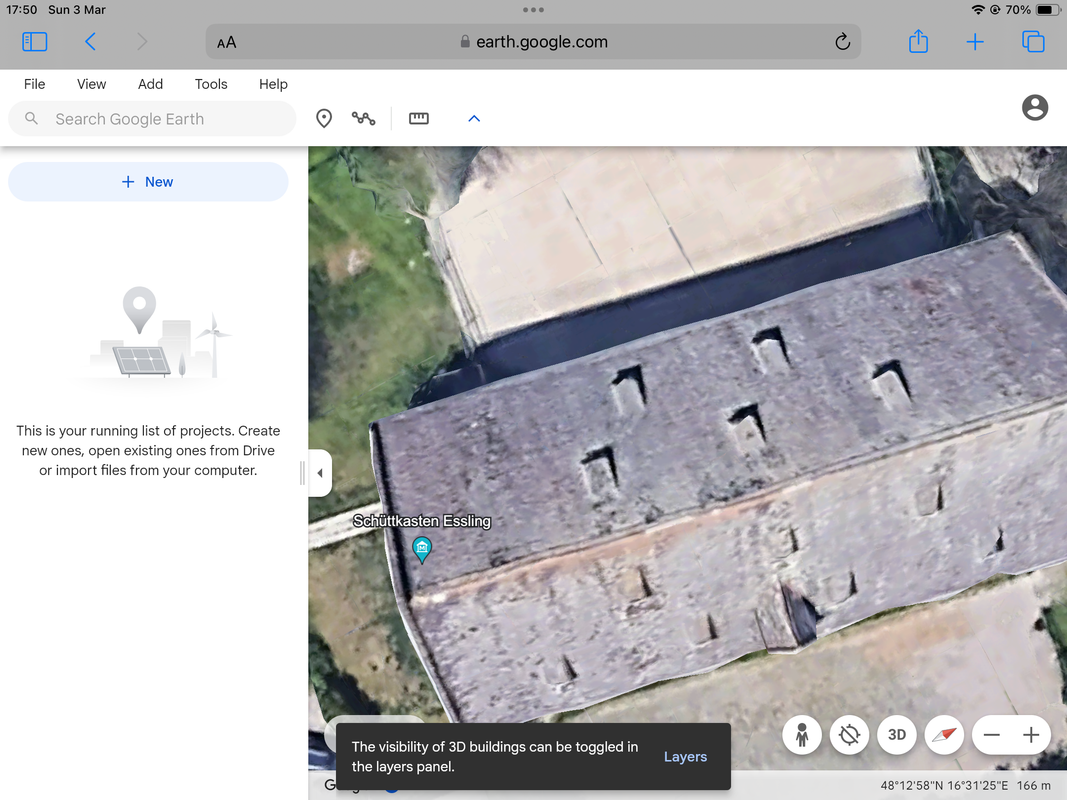
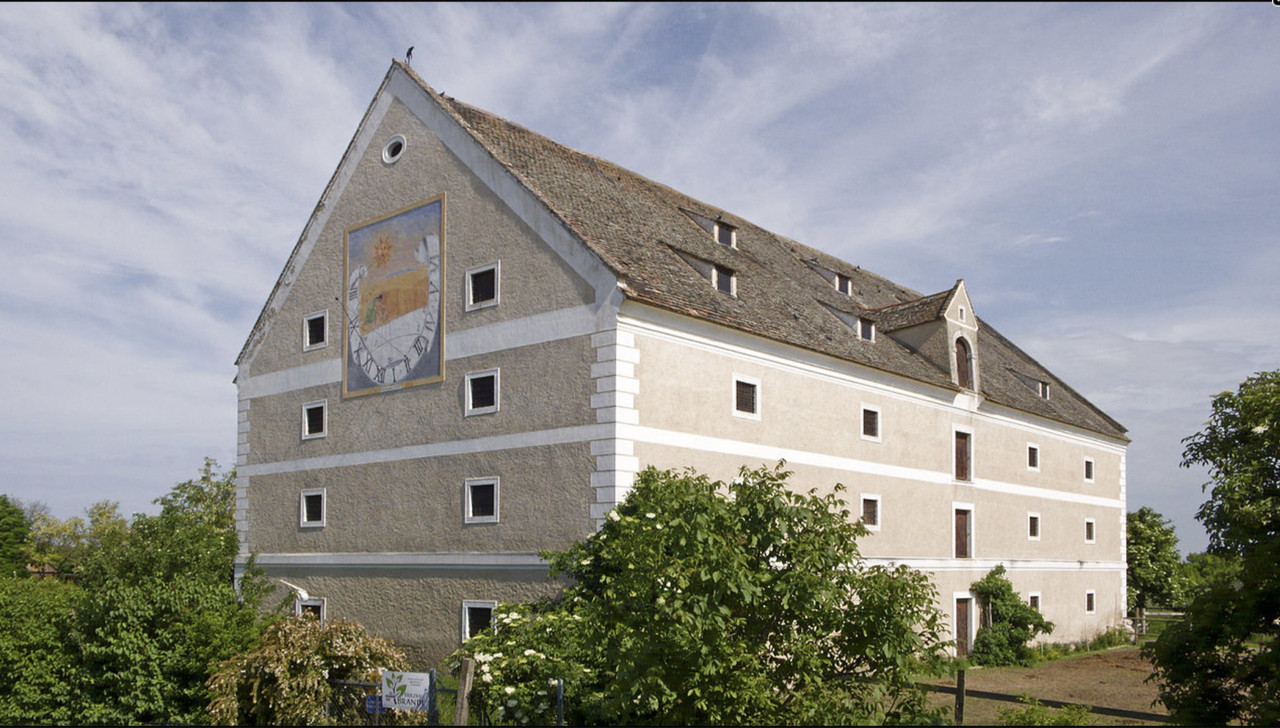


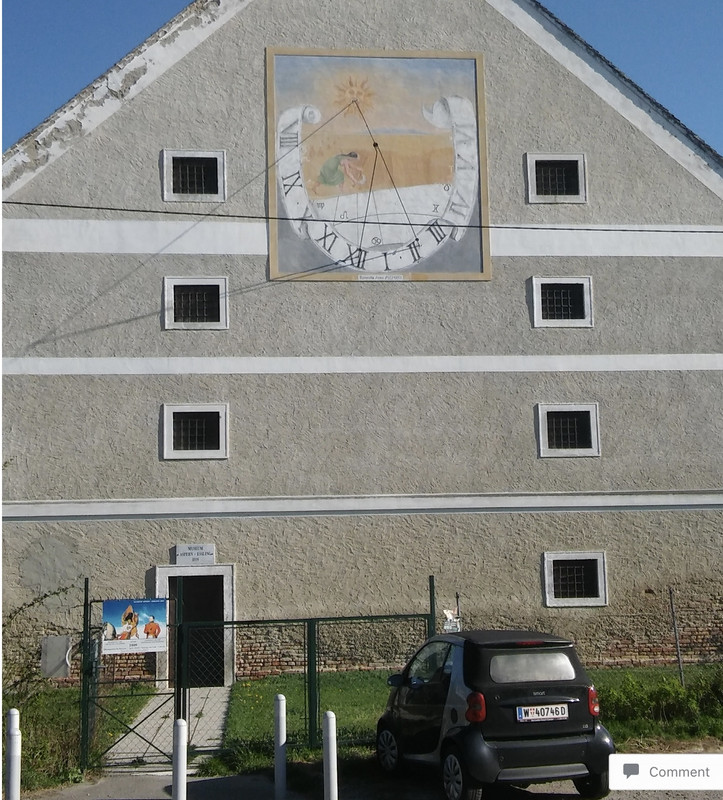
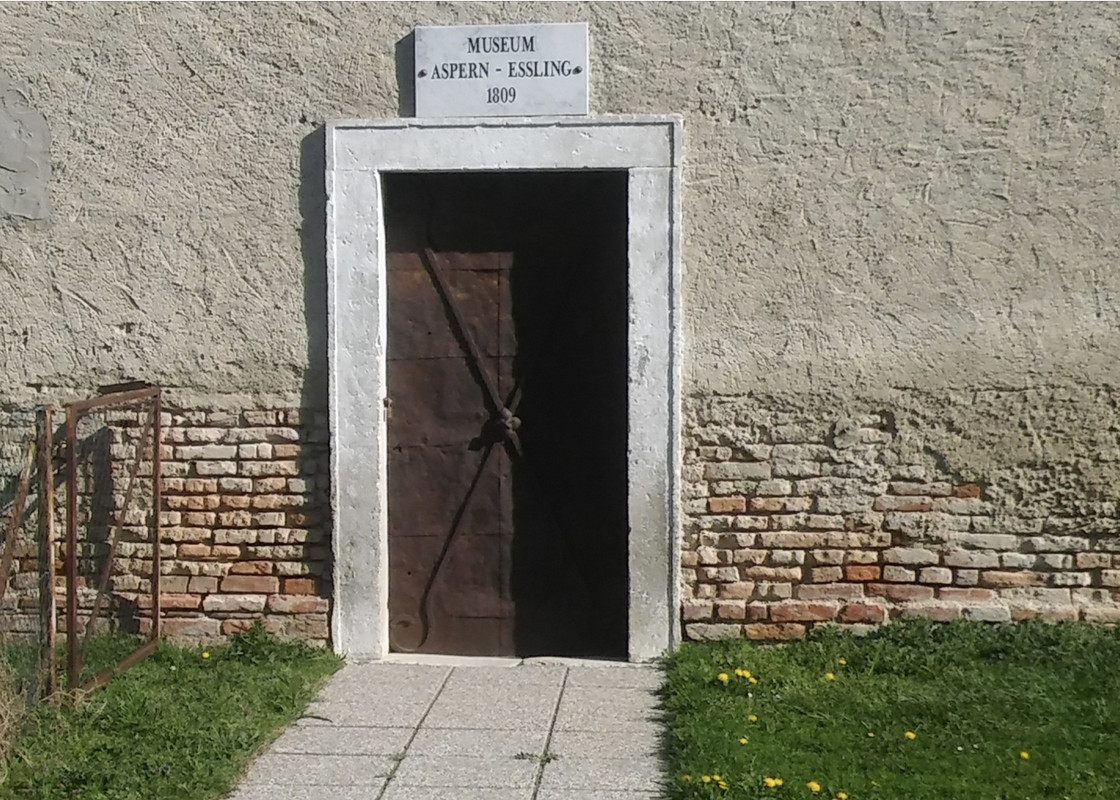


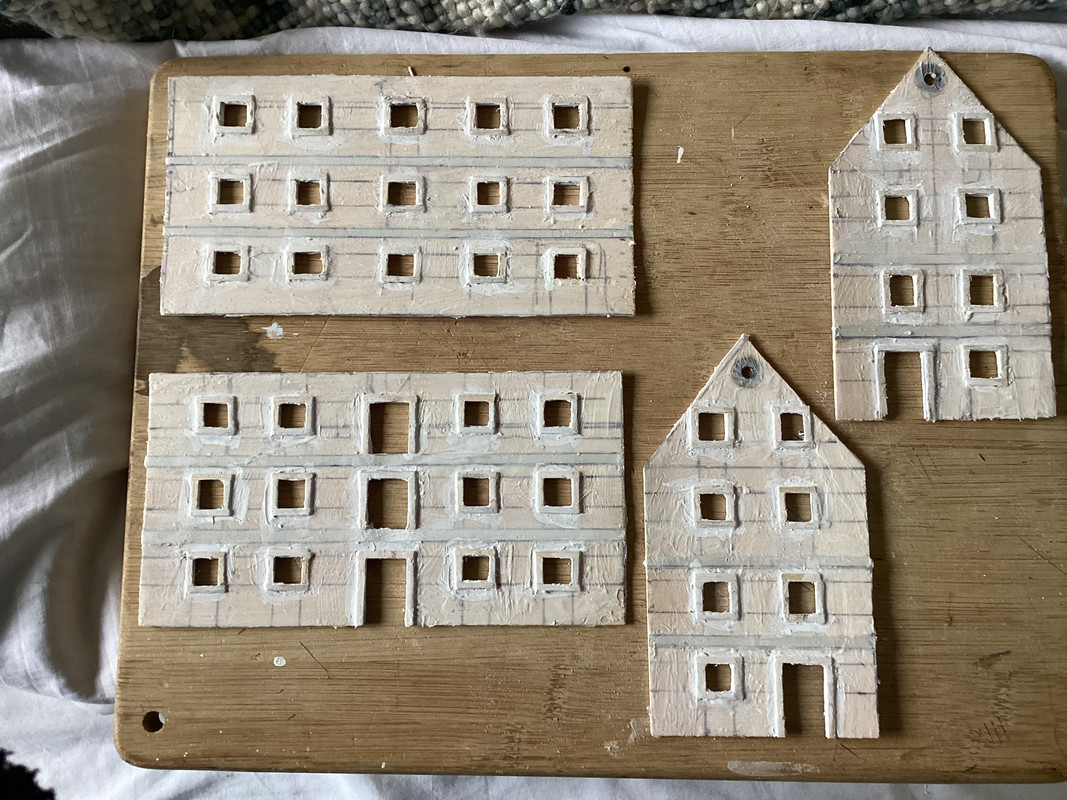
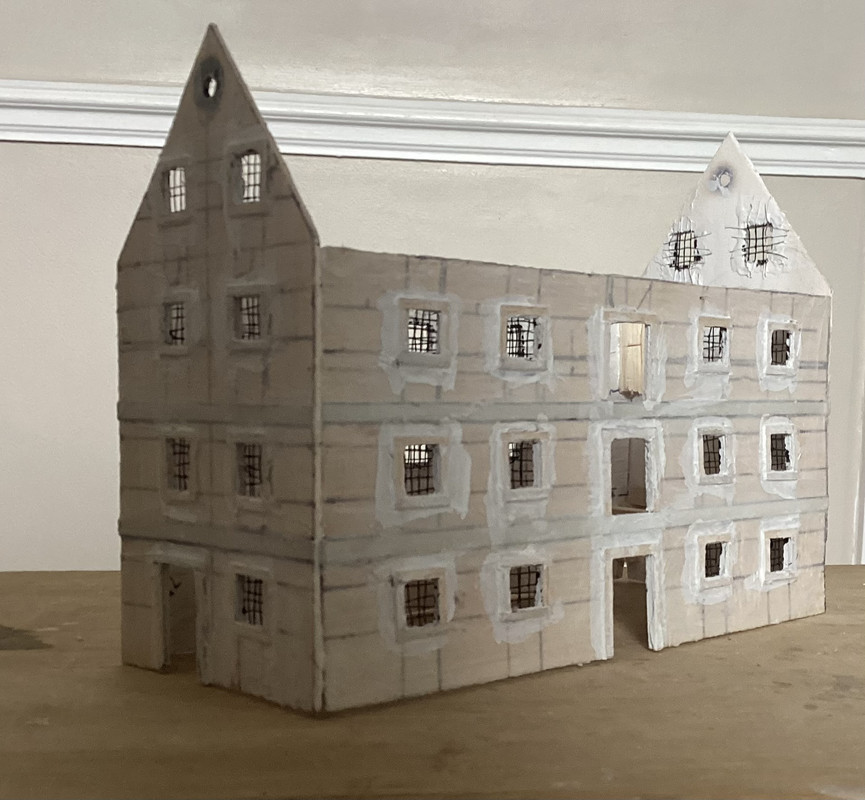
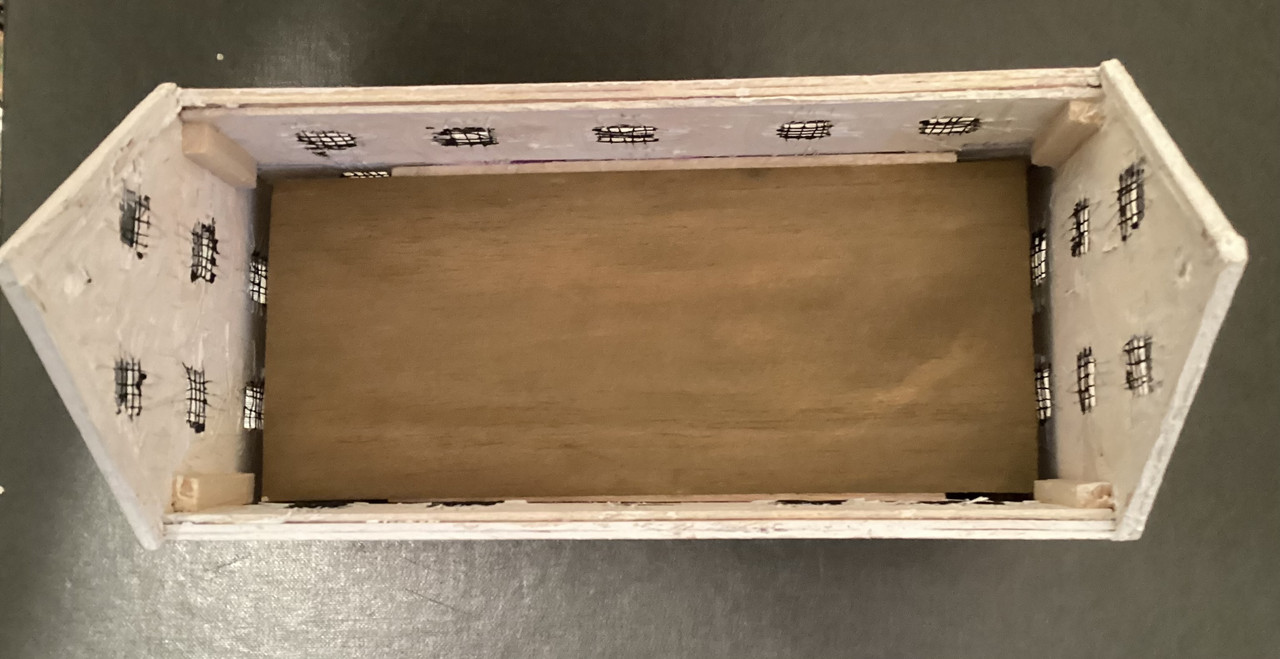
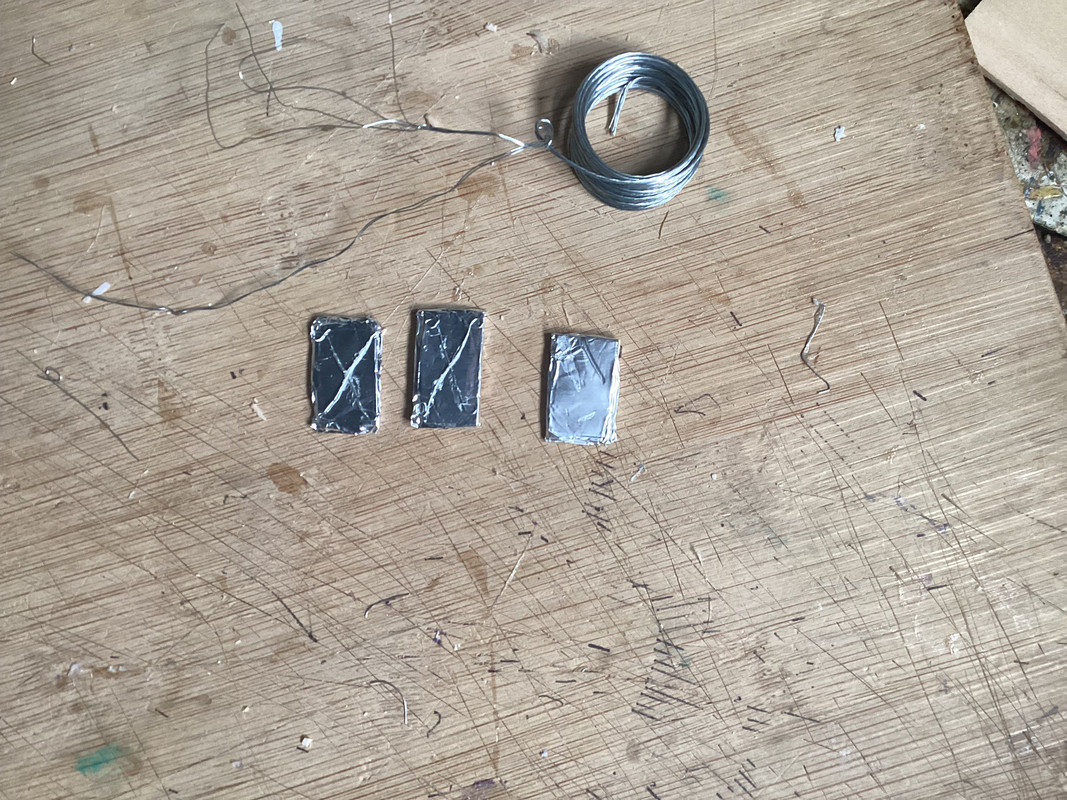
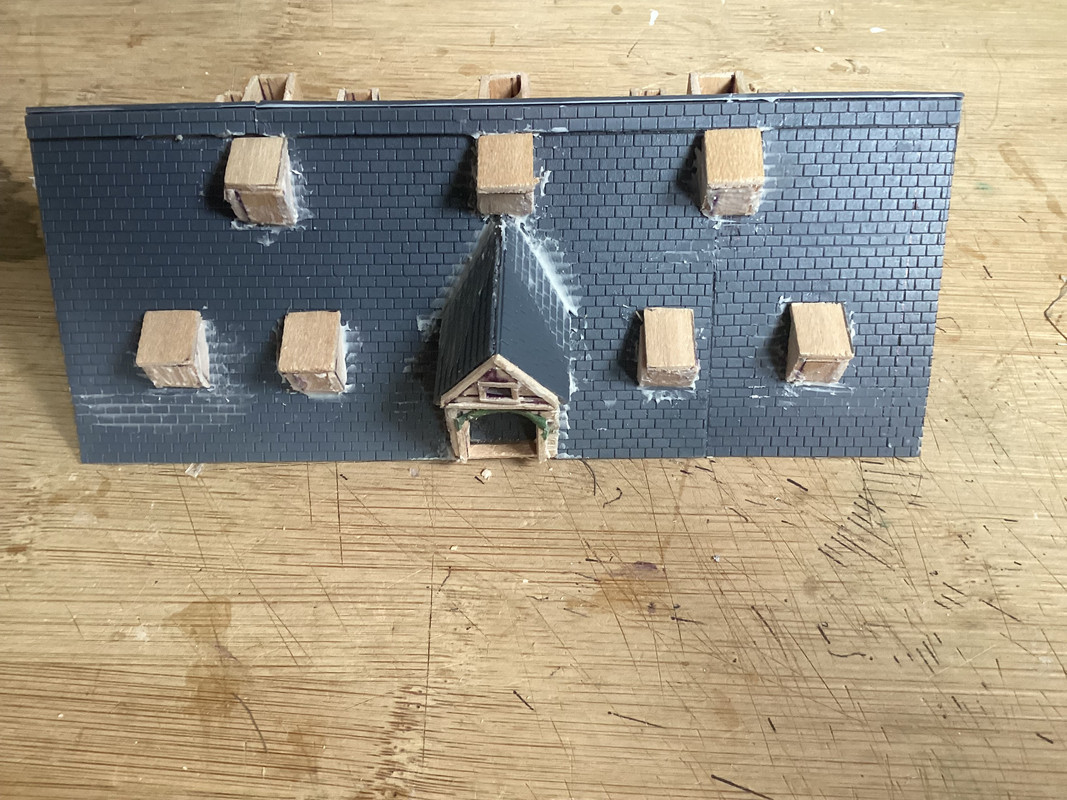
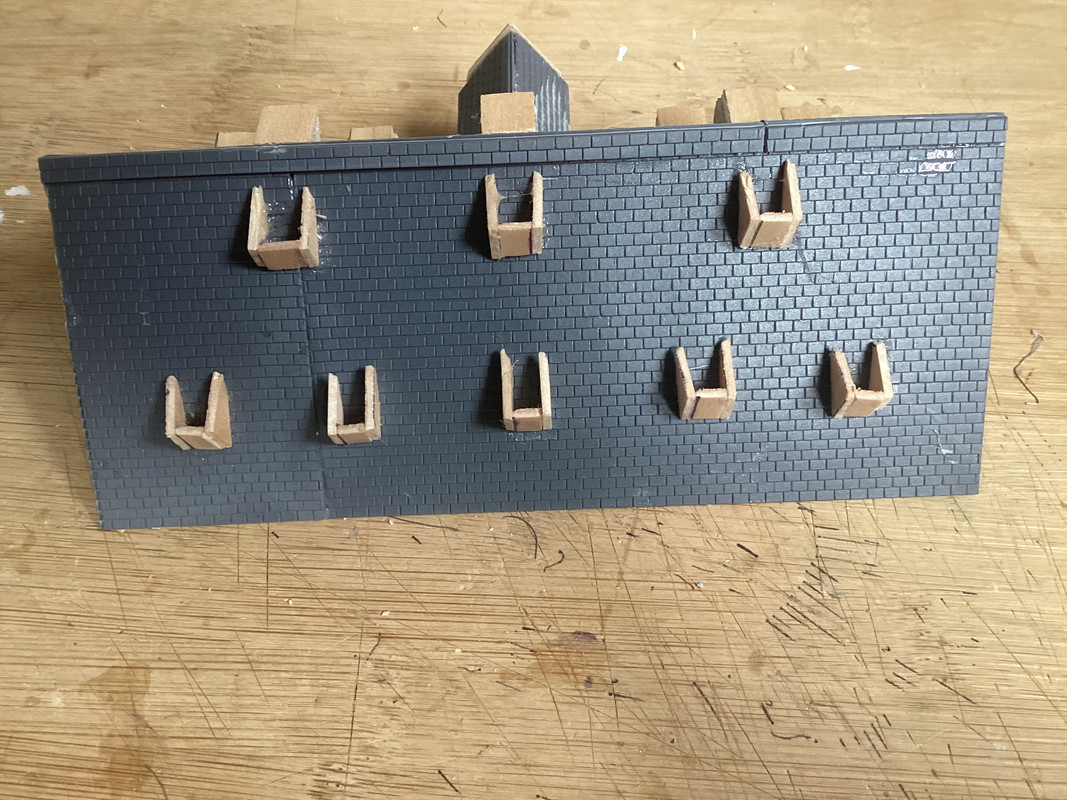
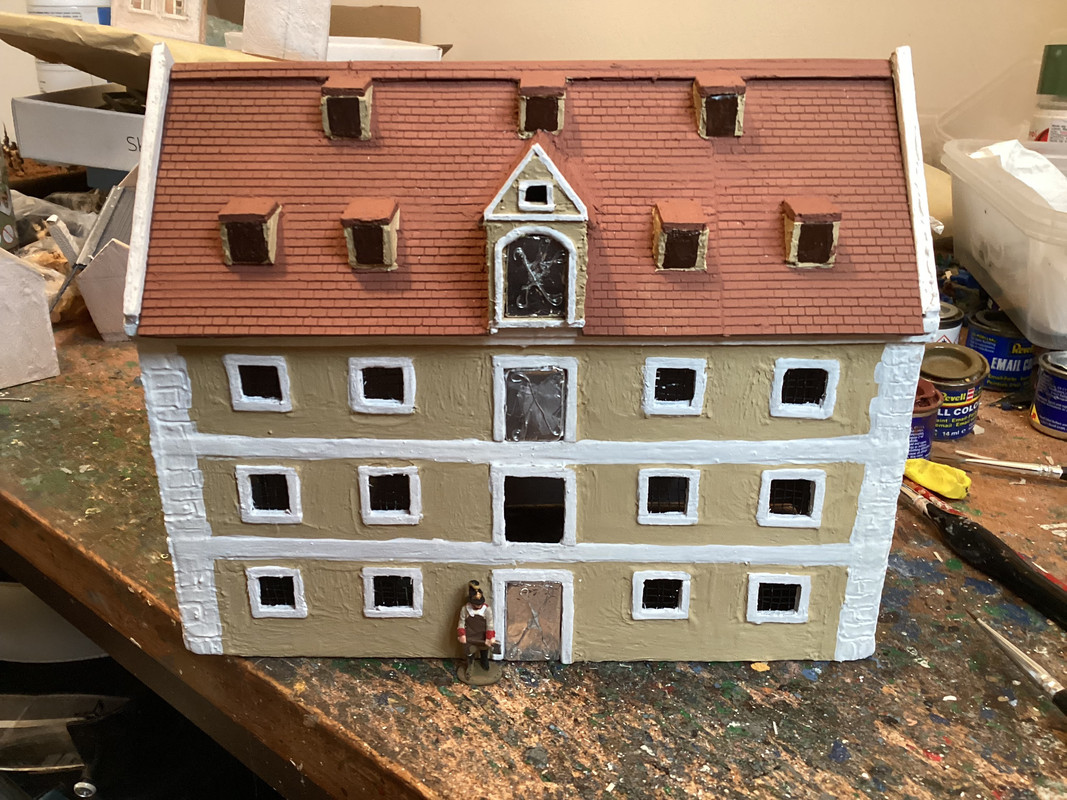

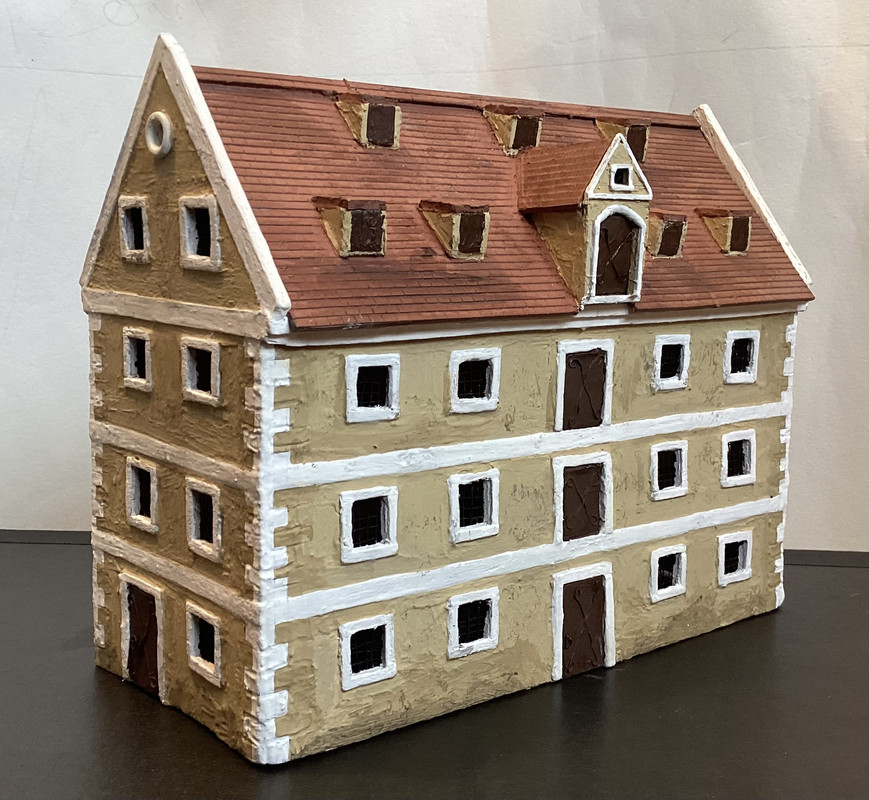
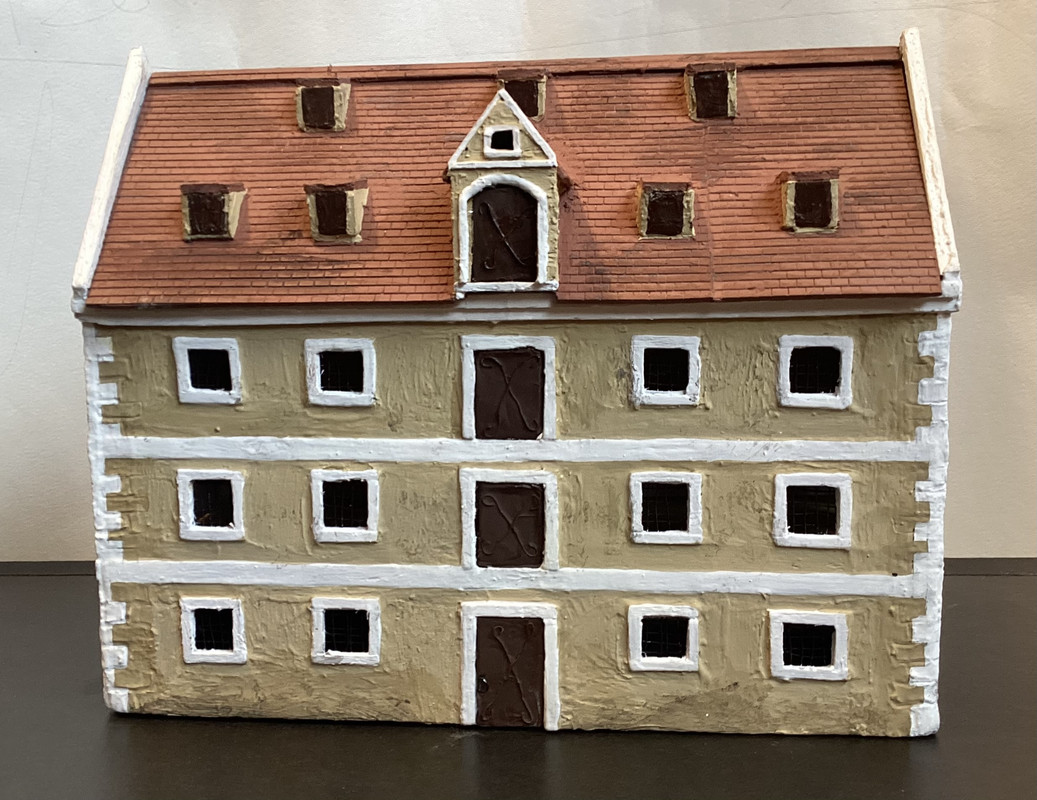
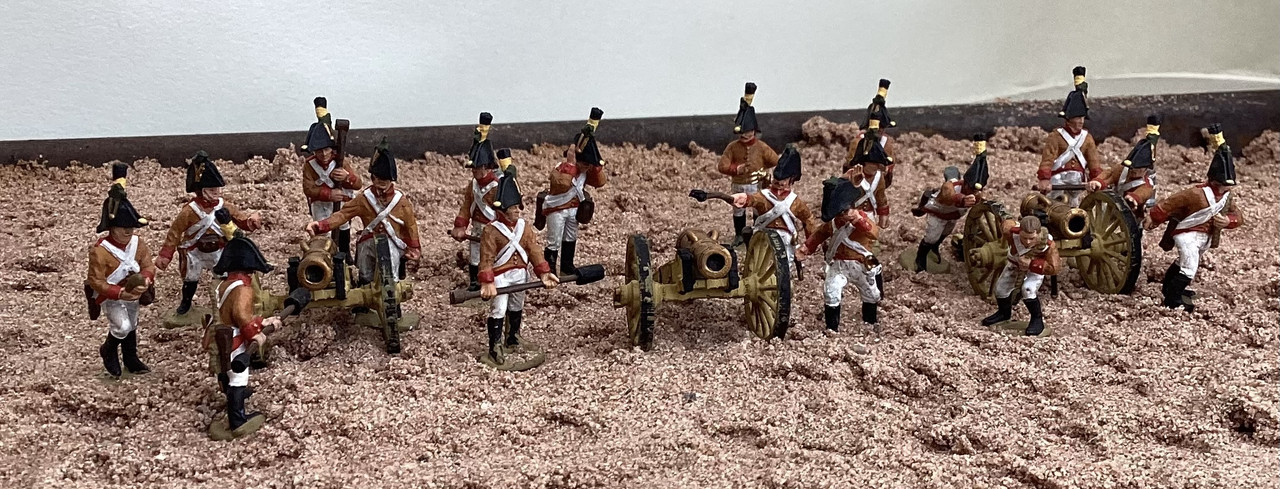
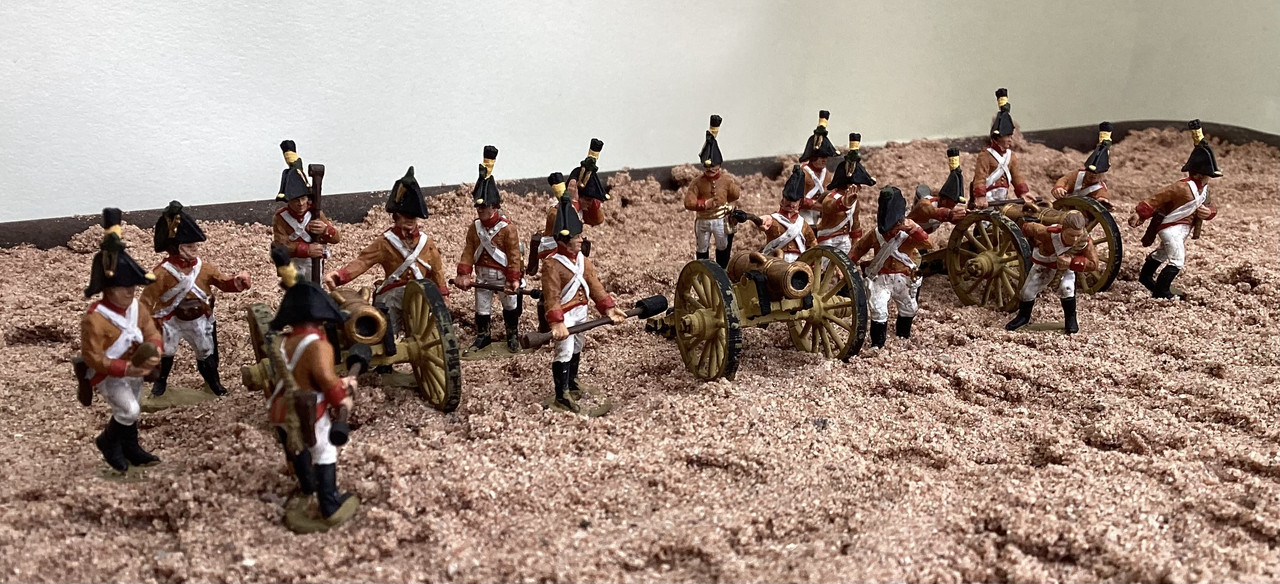


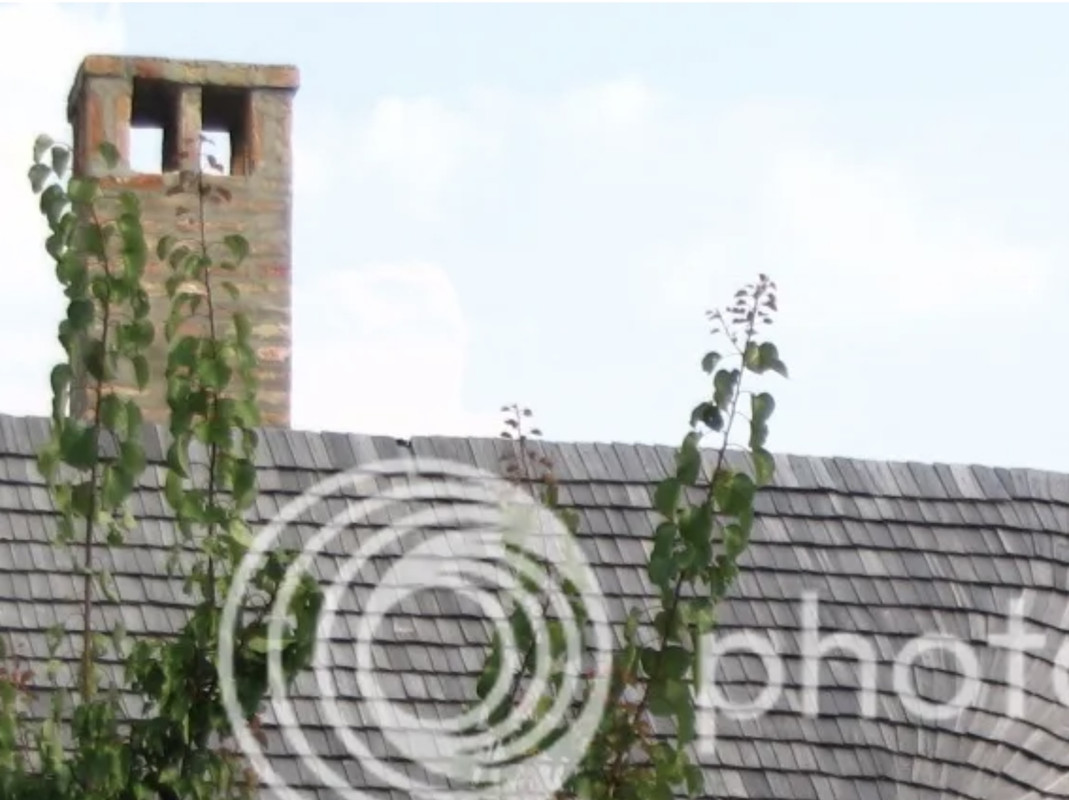
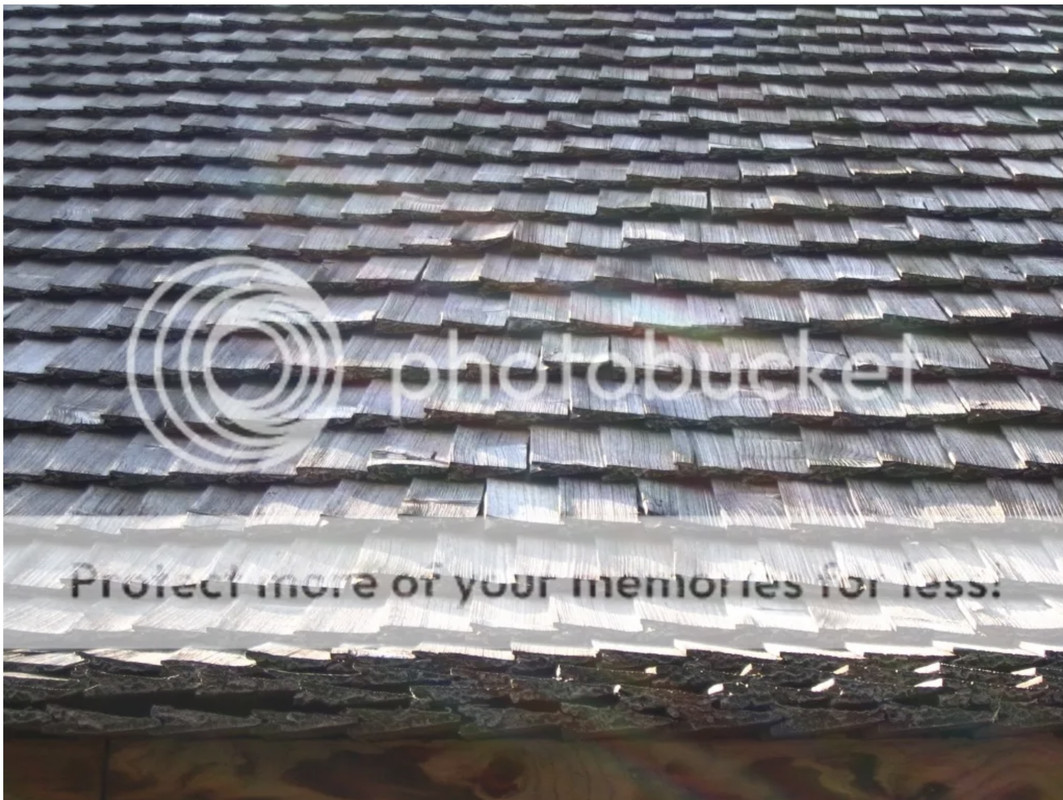



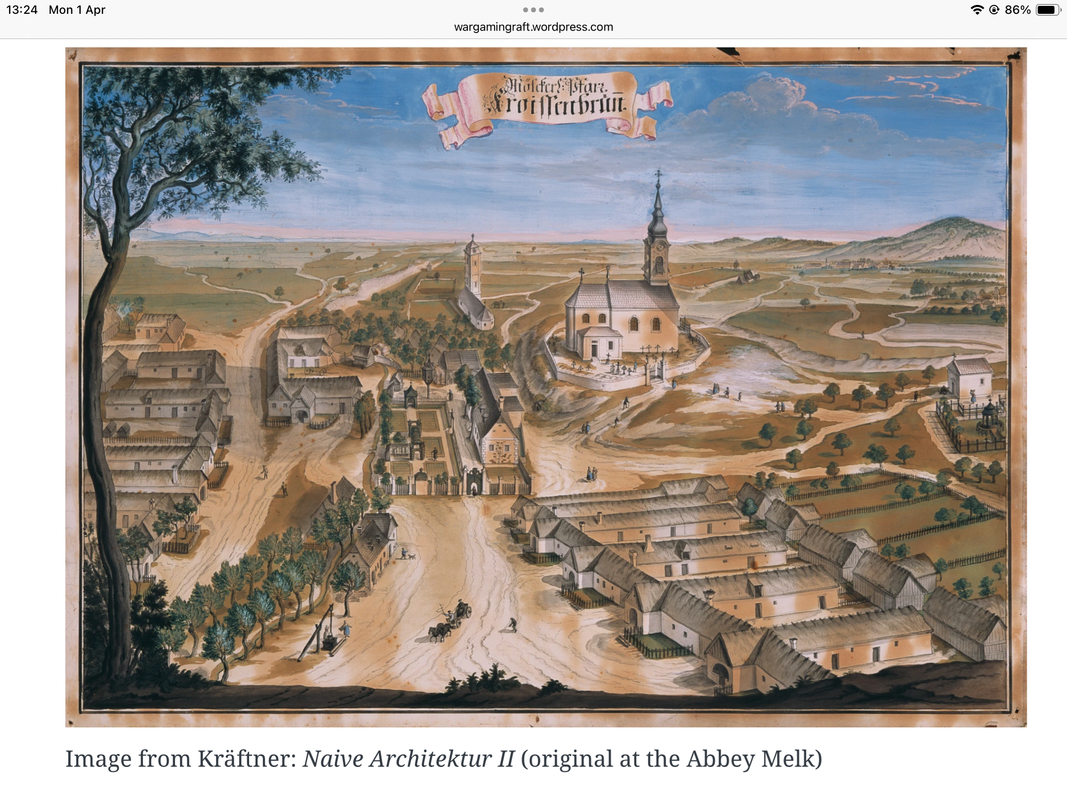
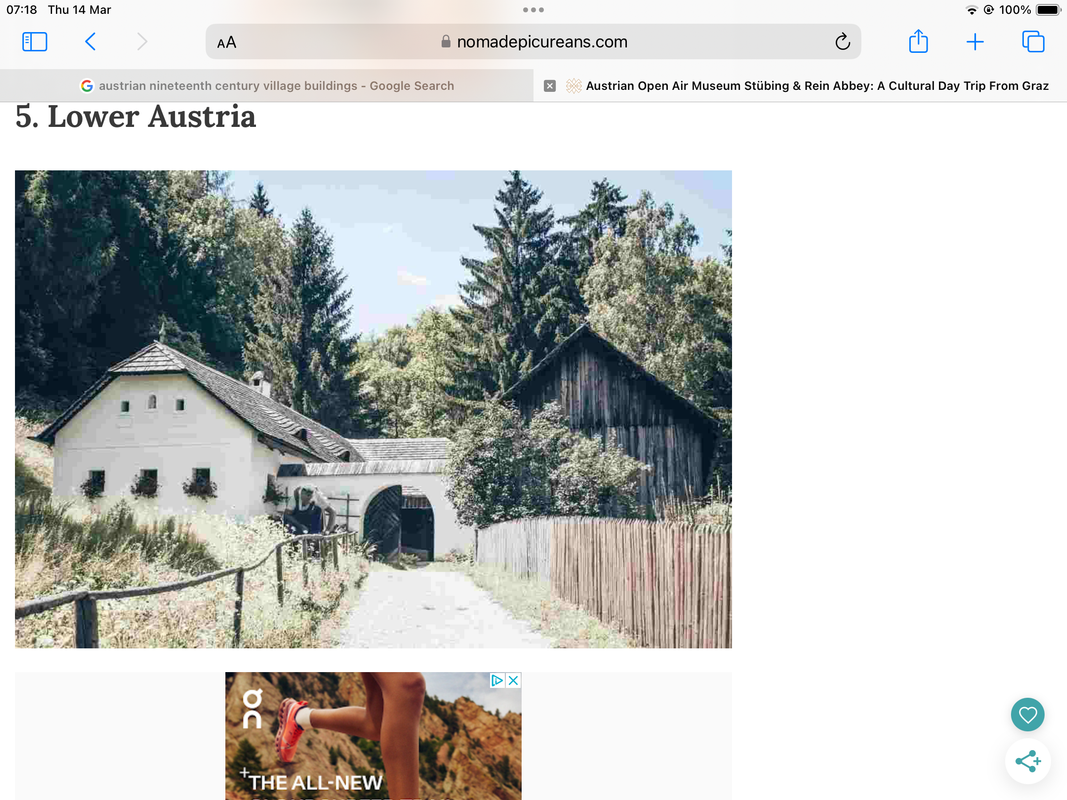

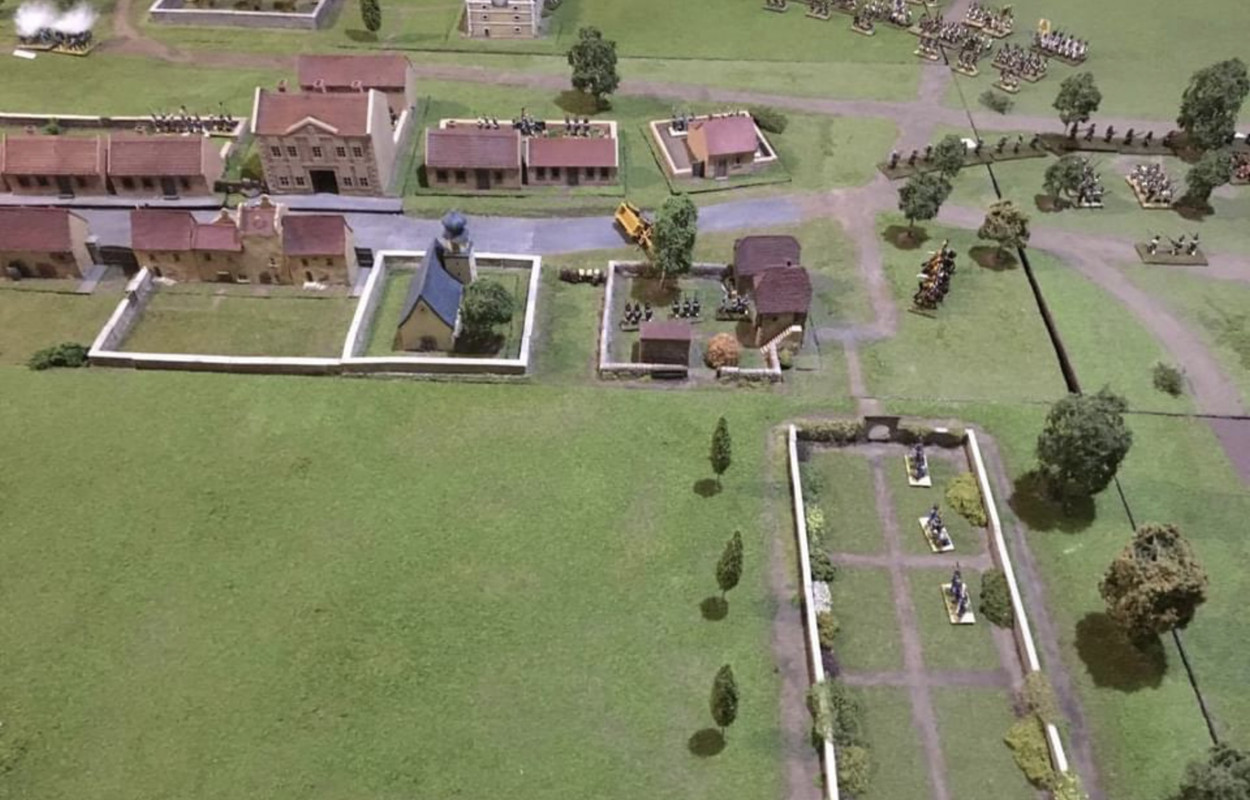

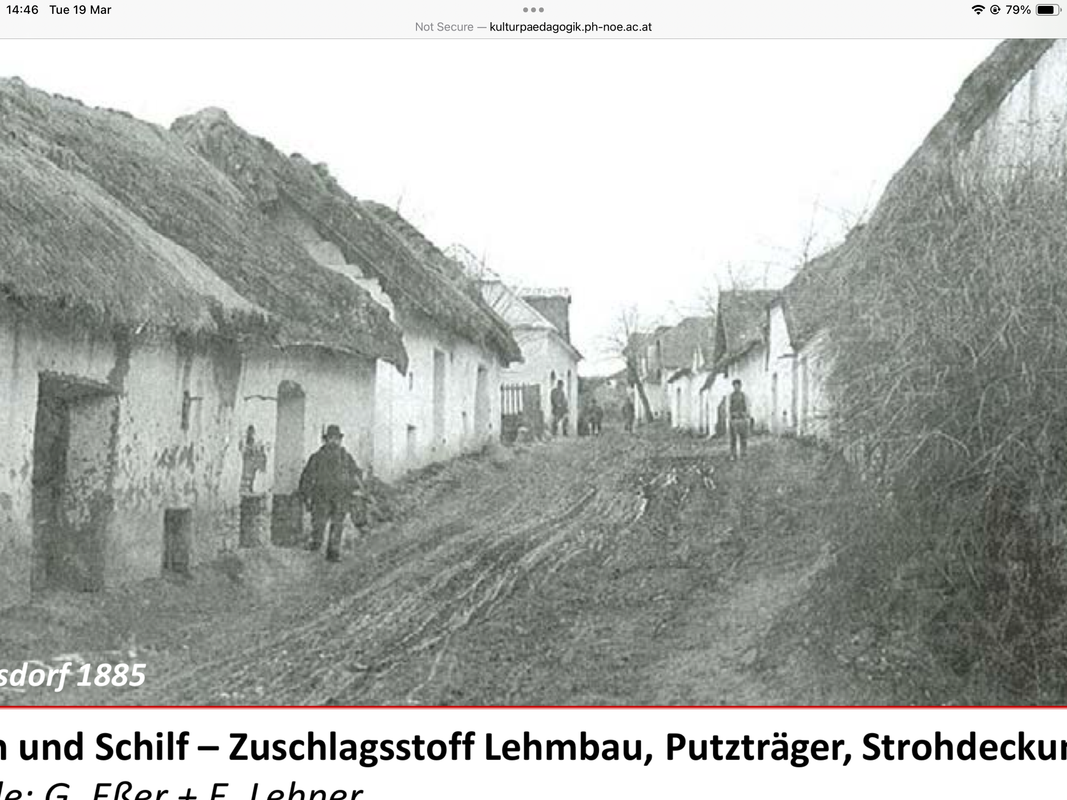
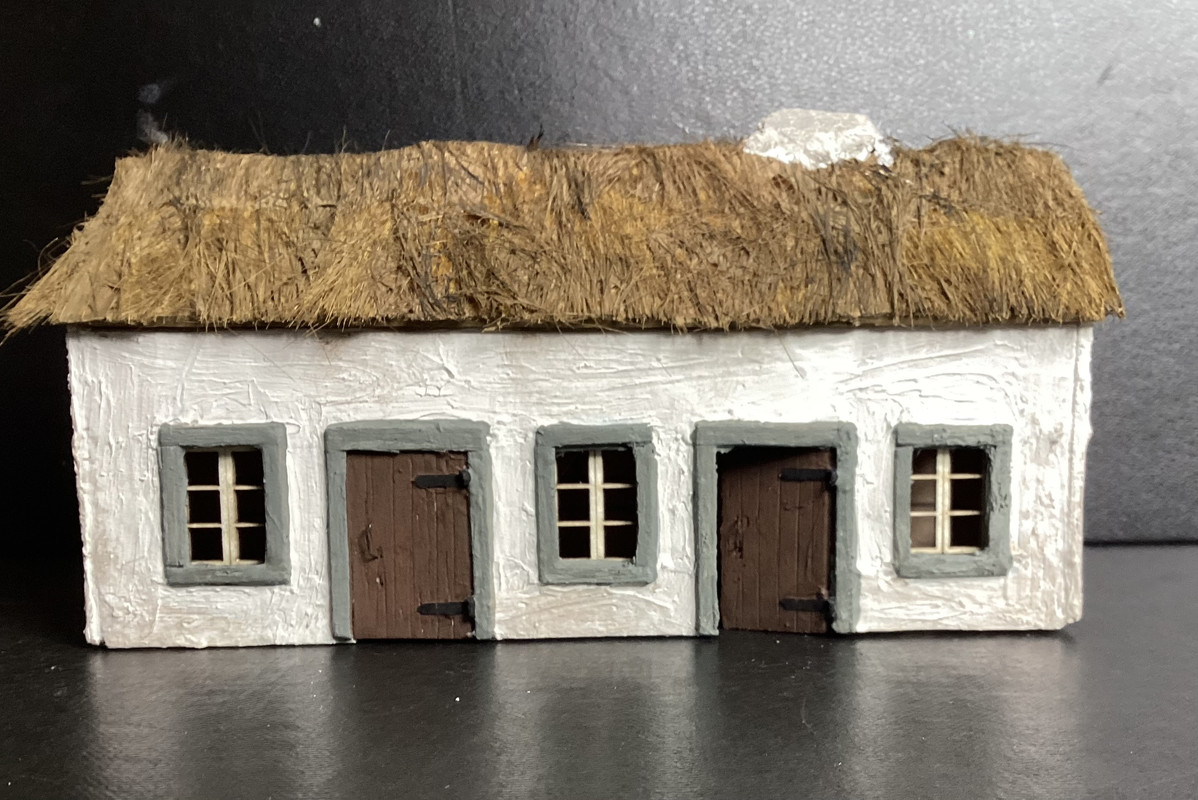
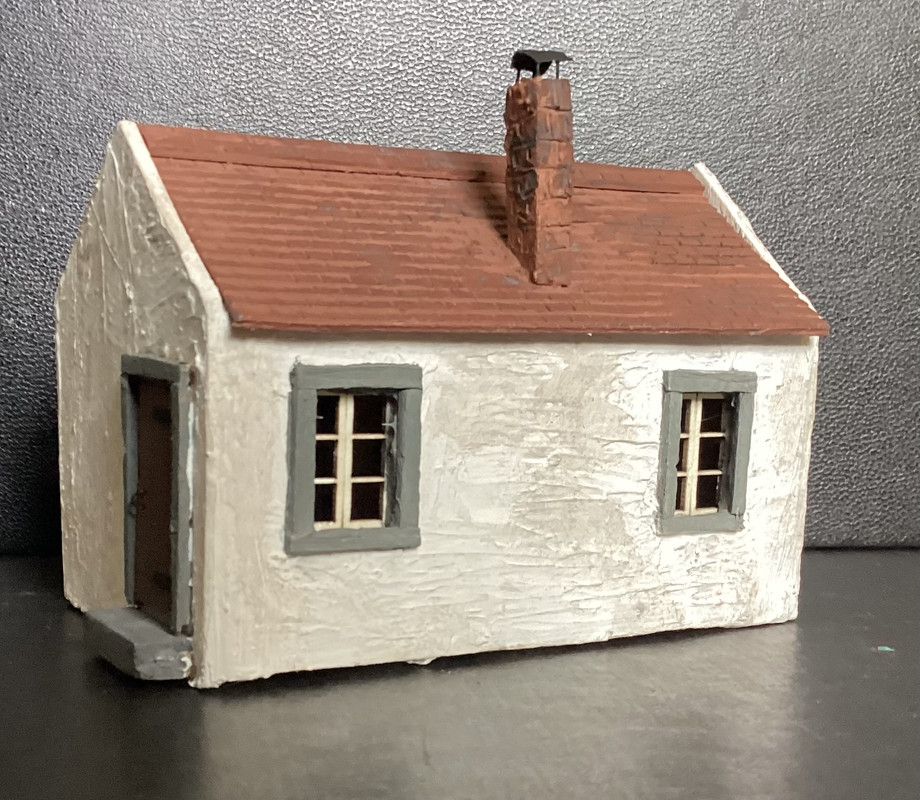
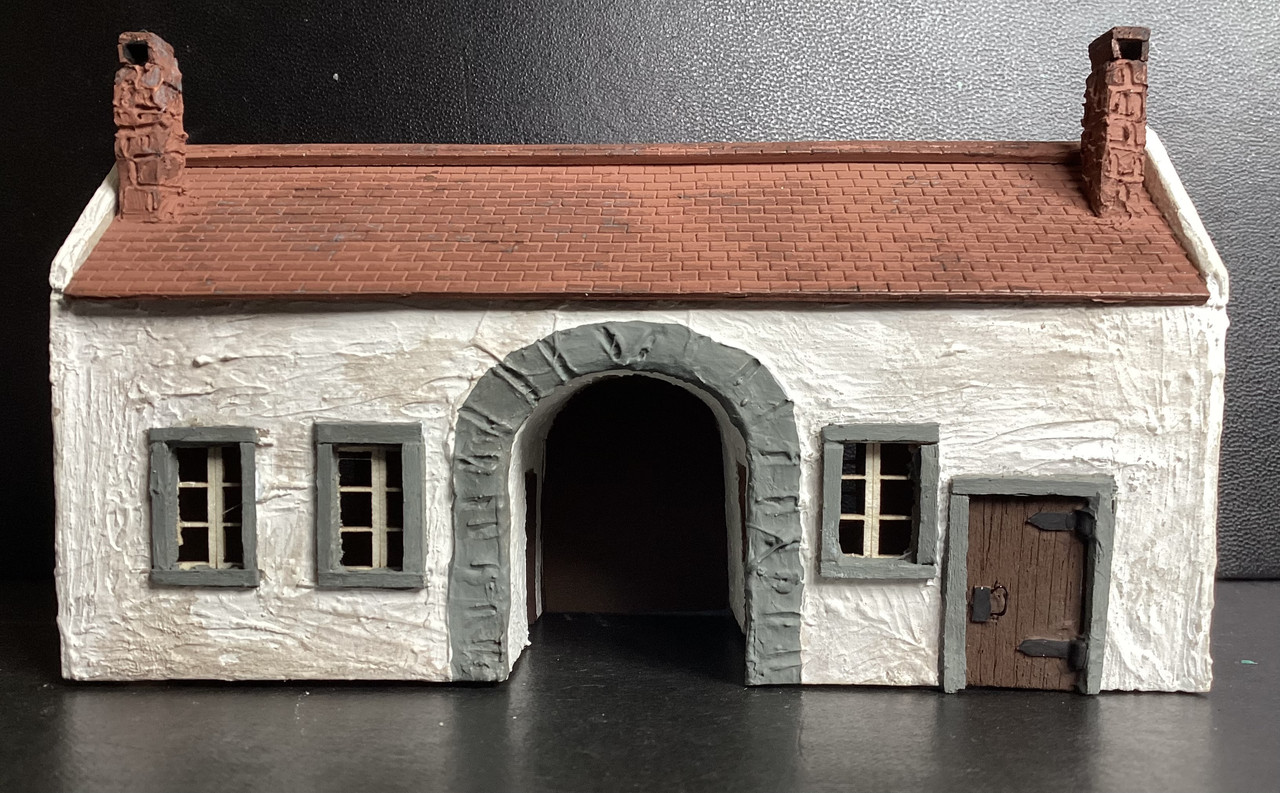
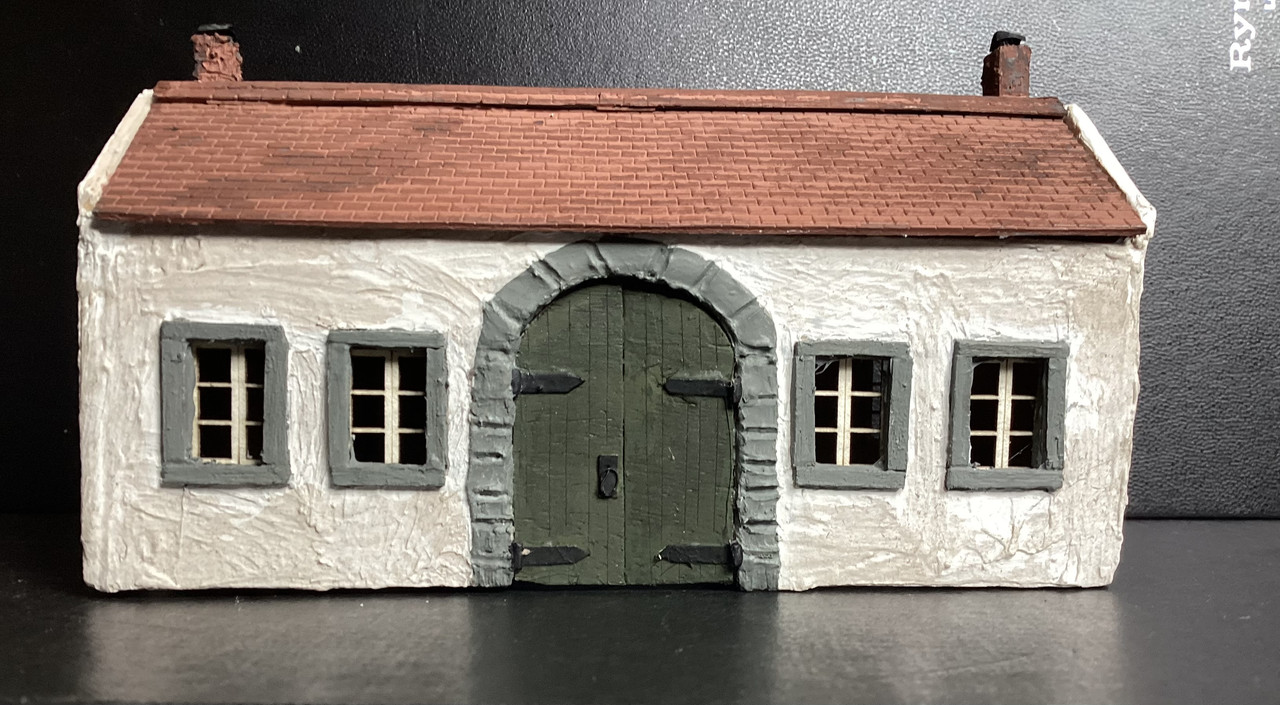
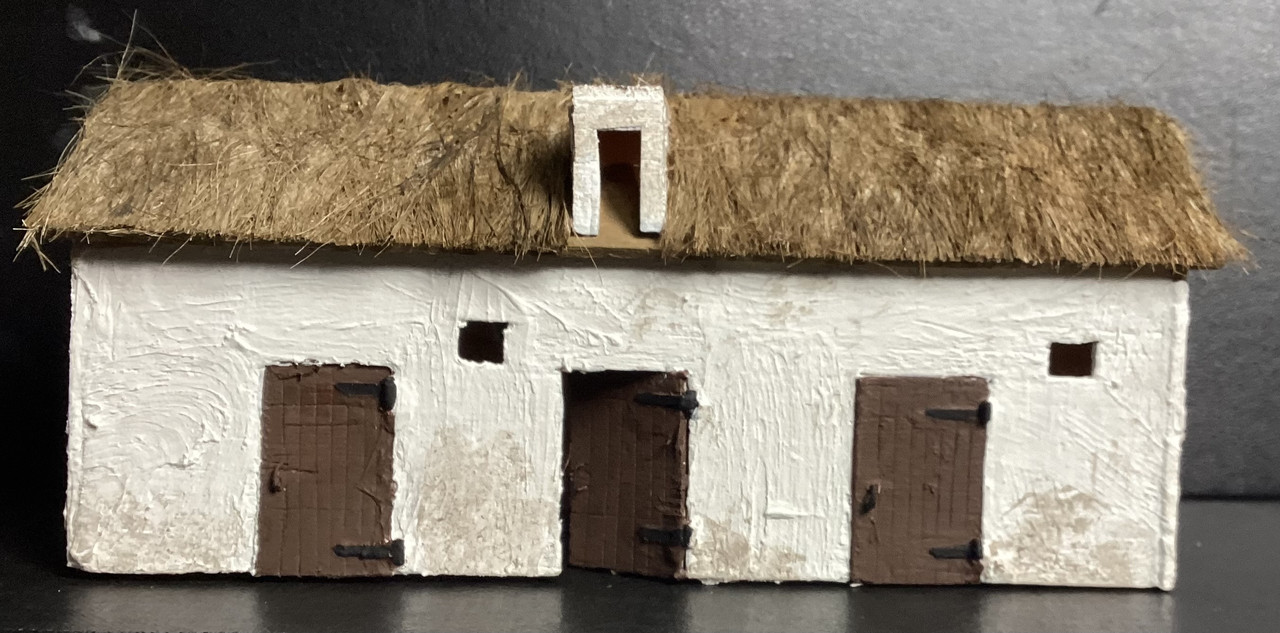

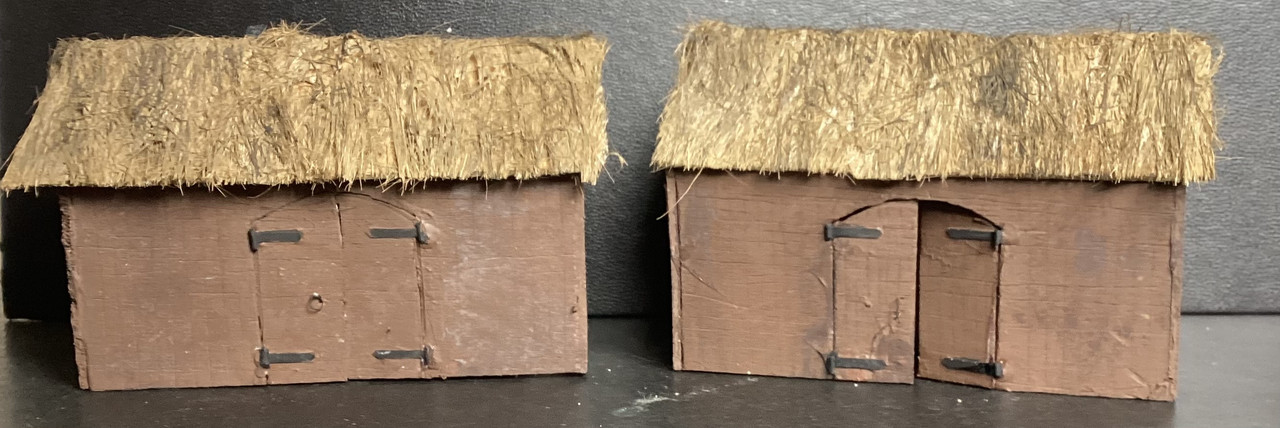
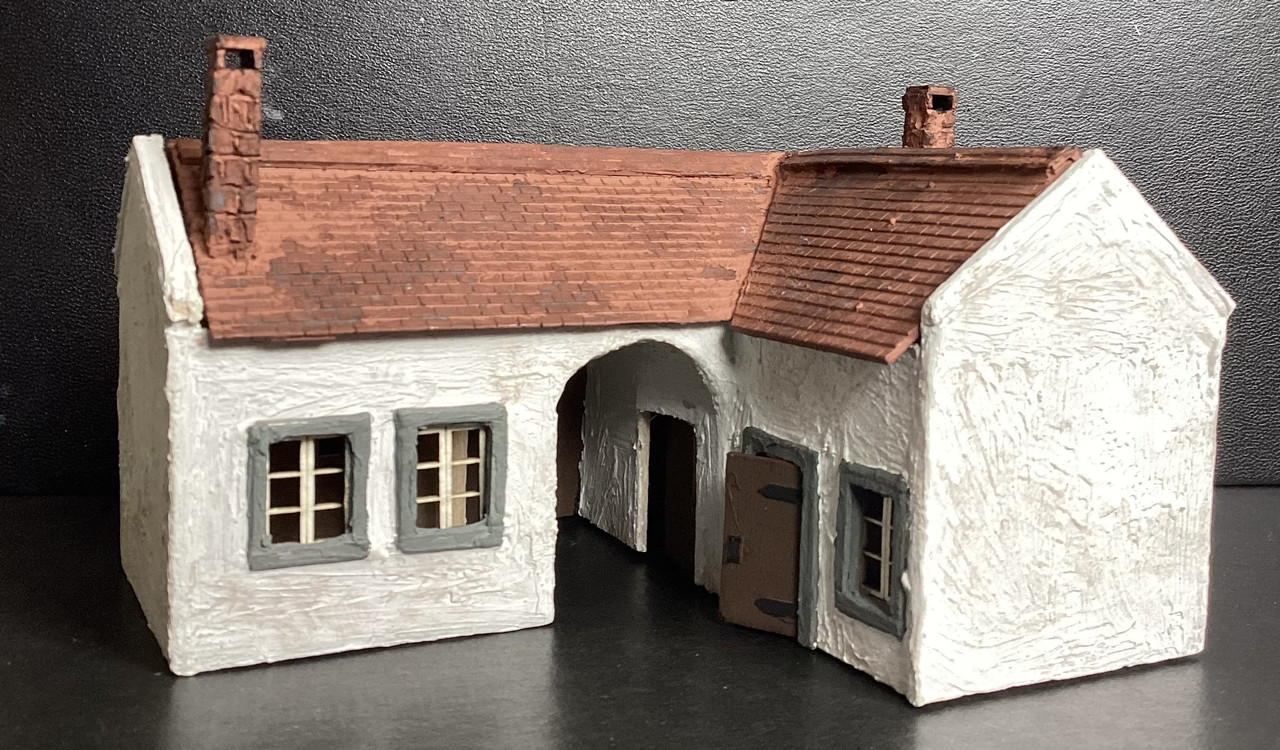






 Moderator
Moderator